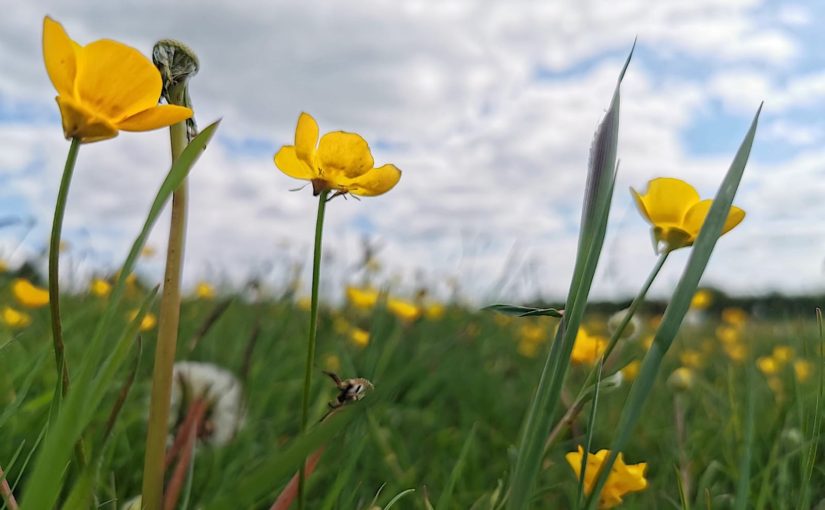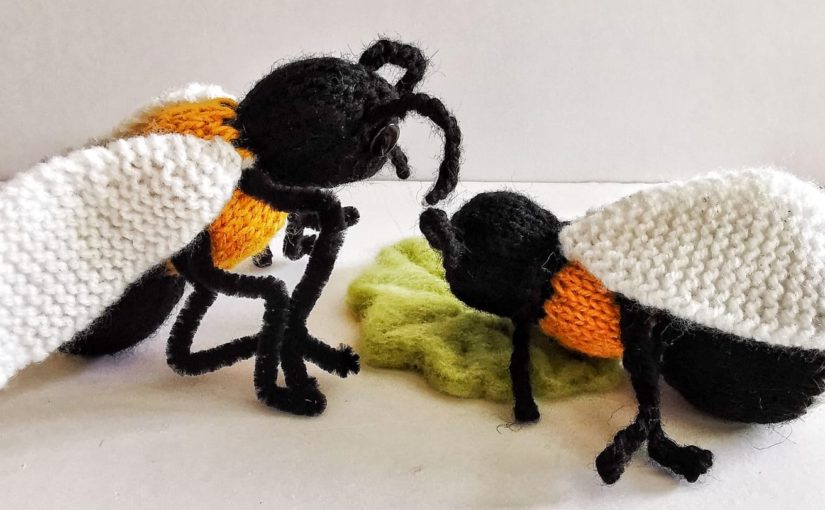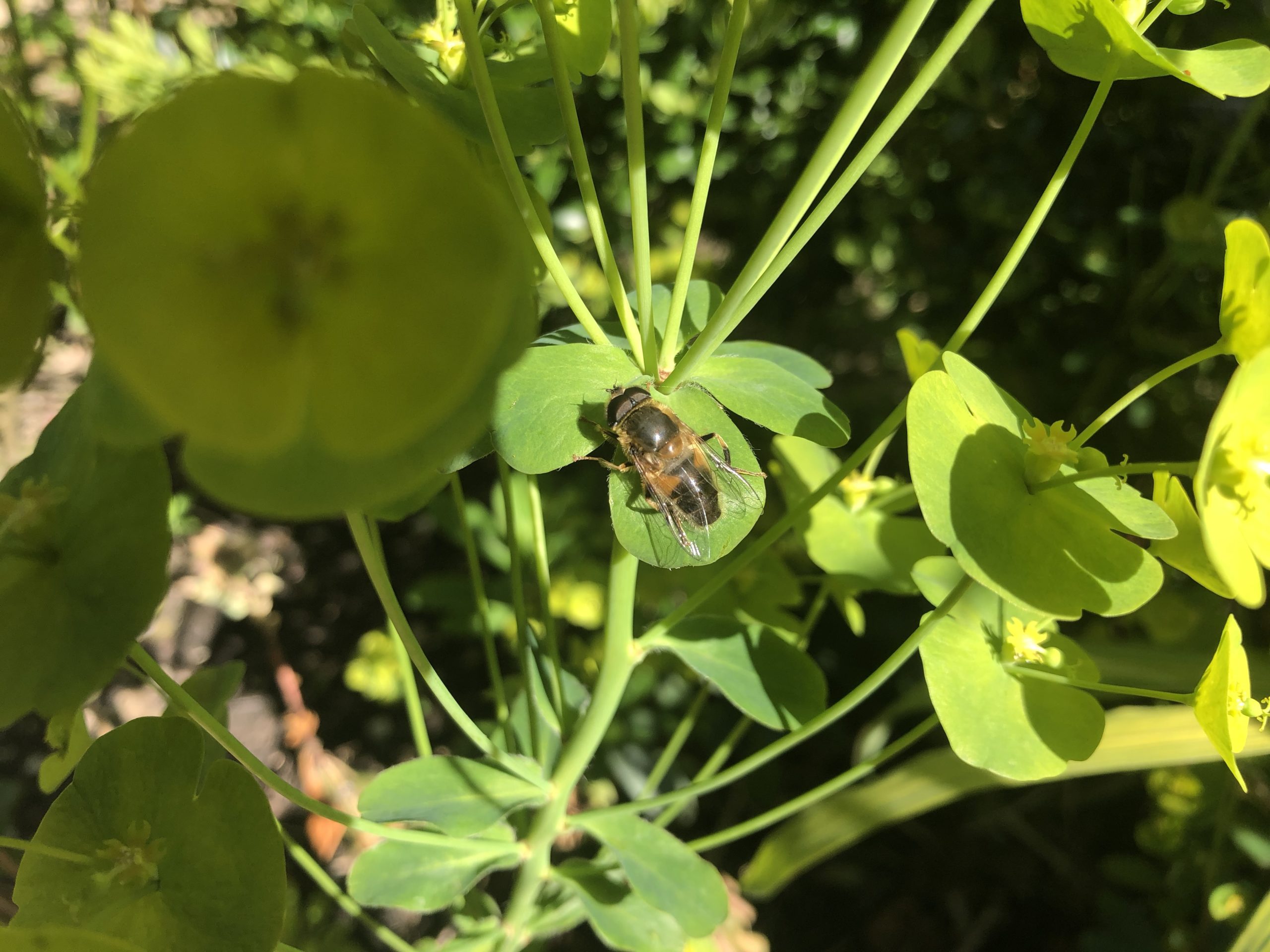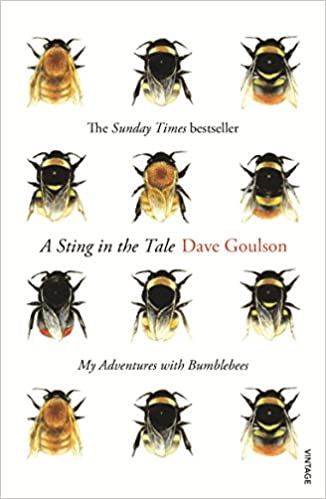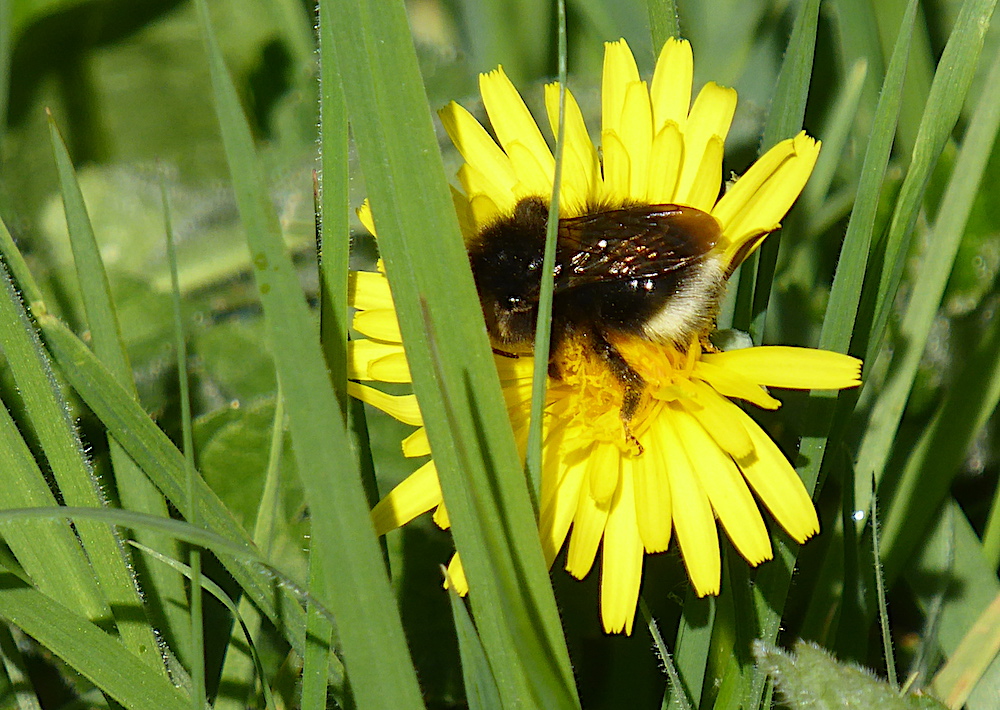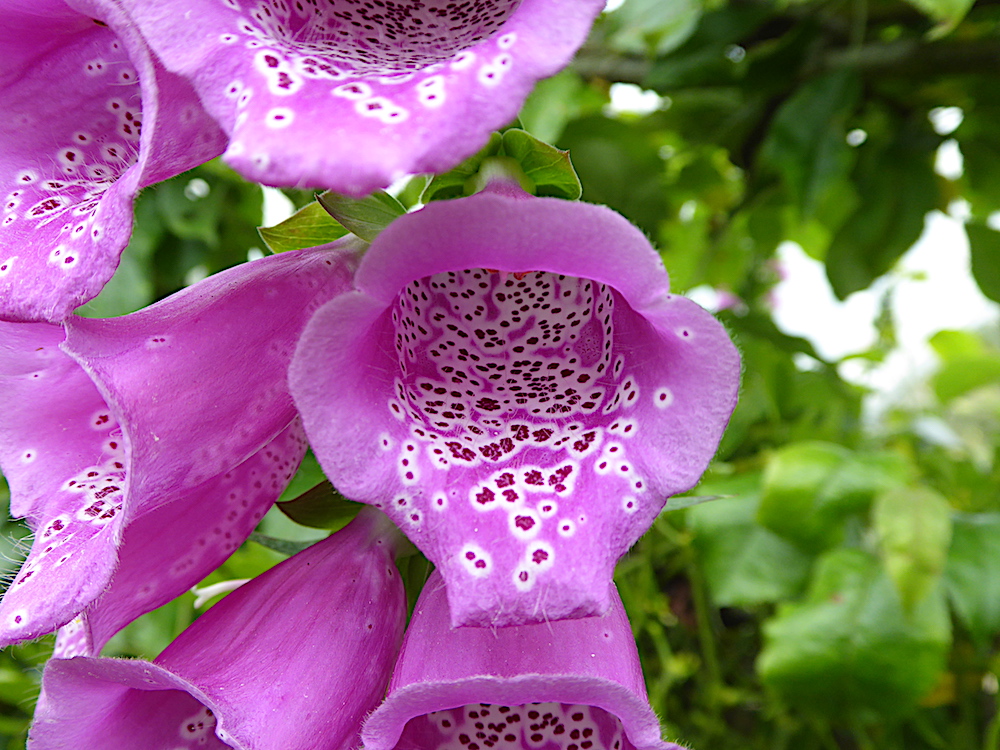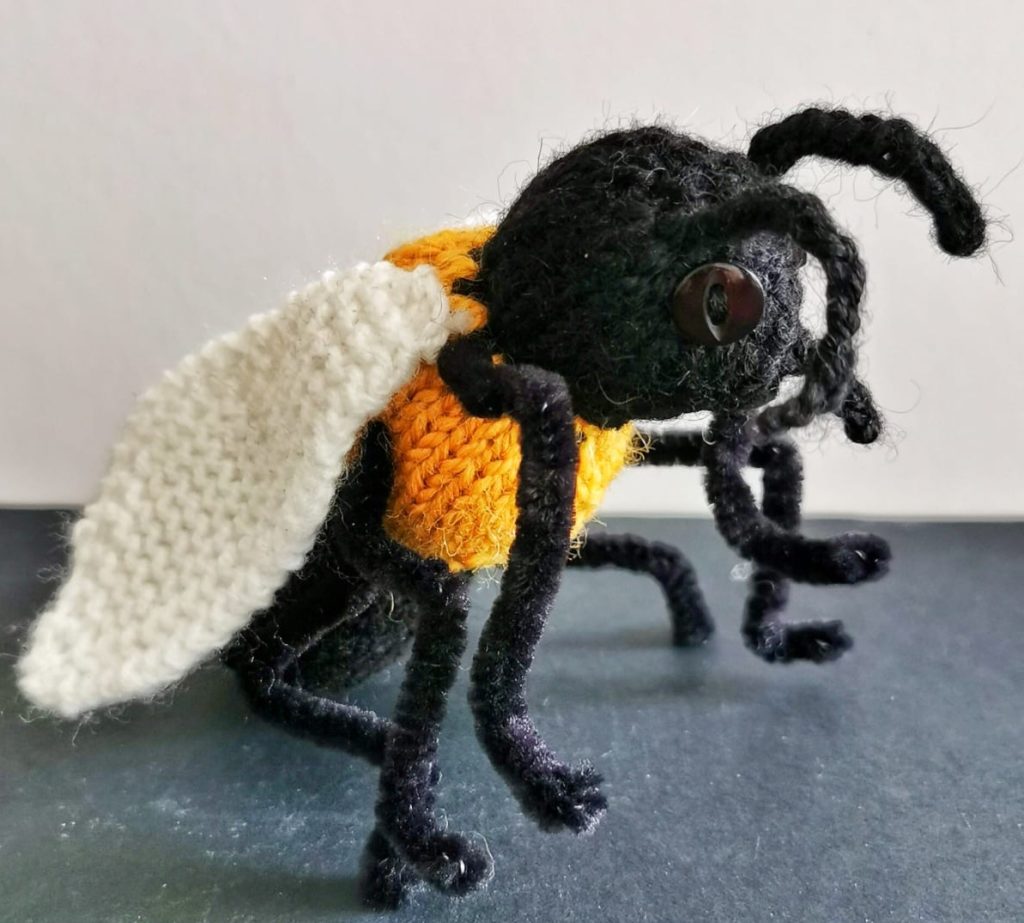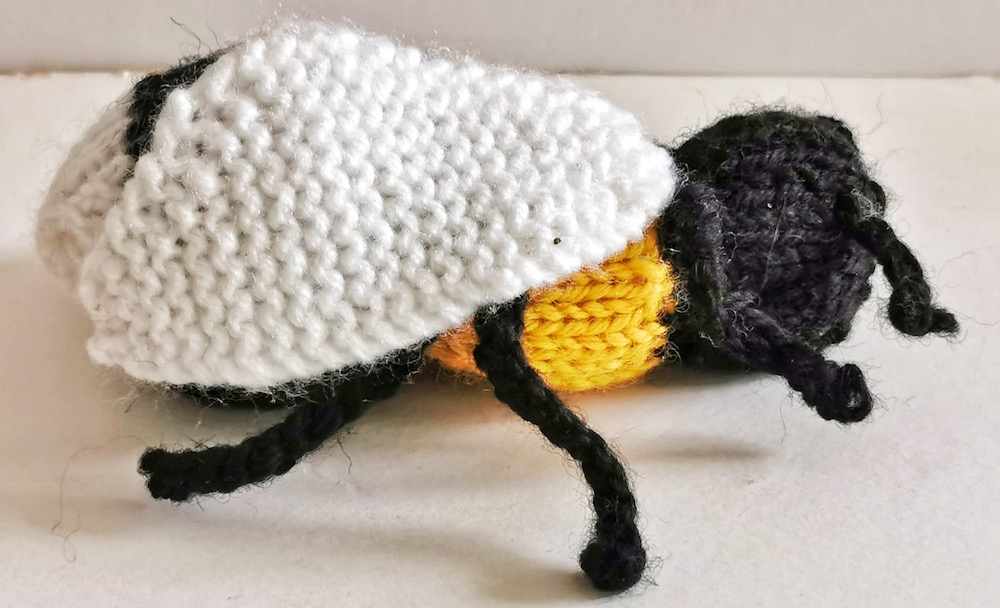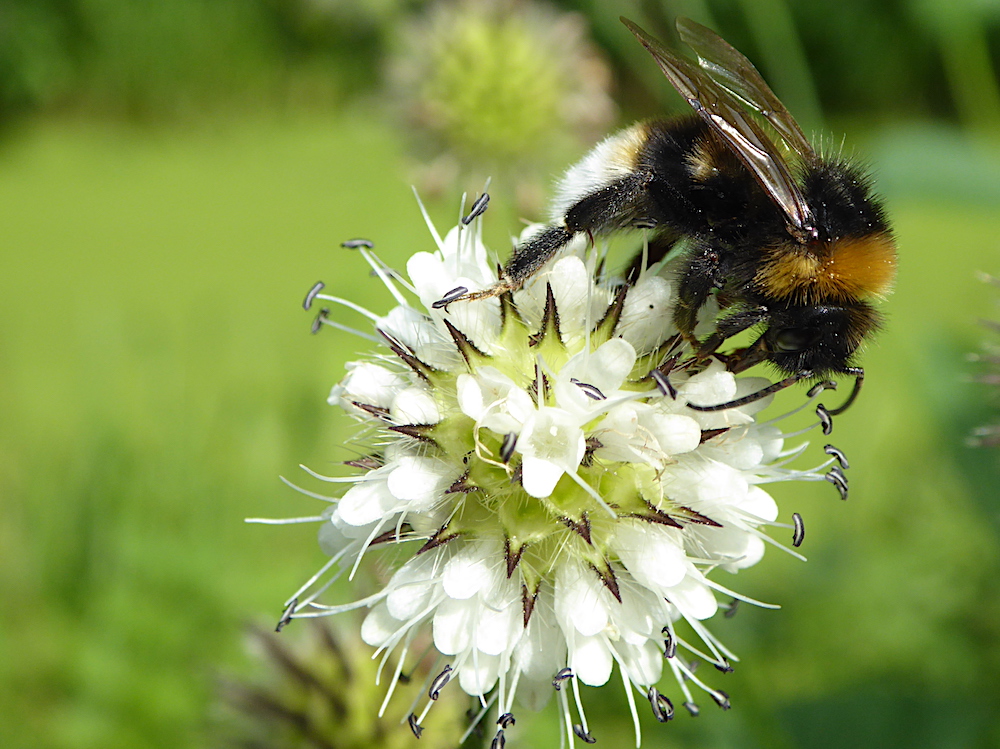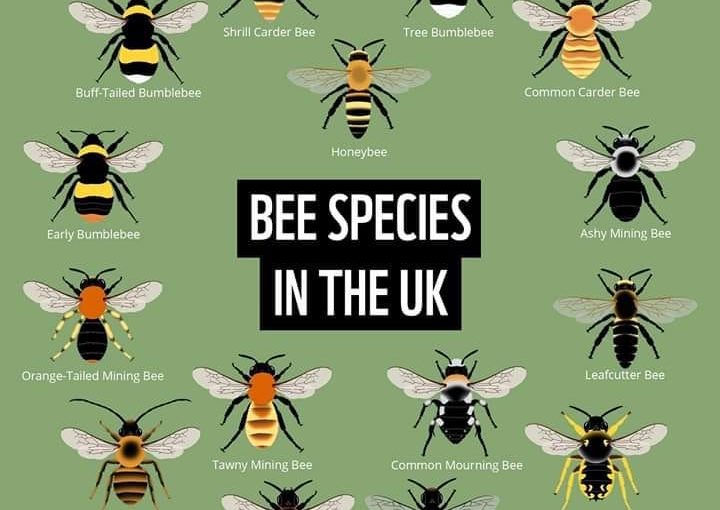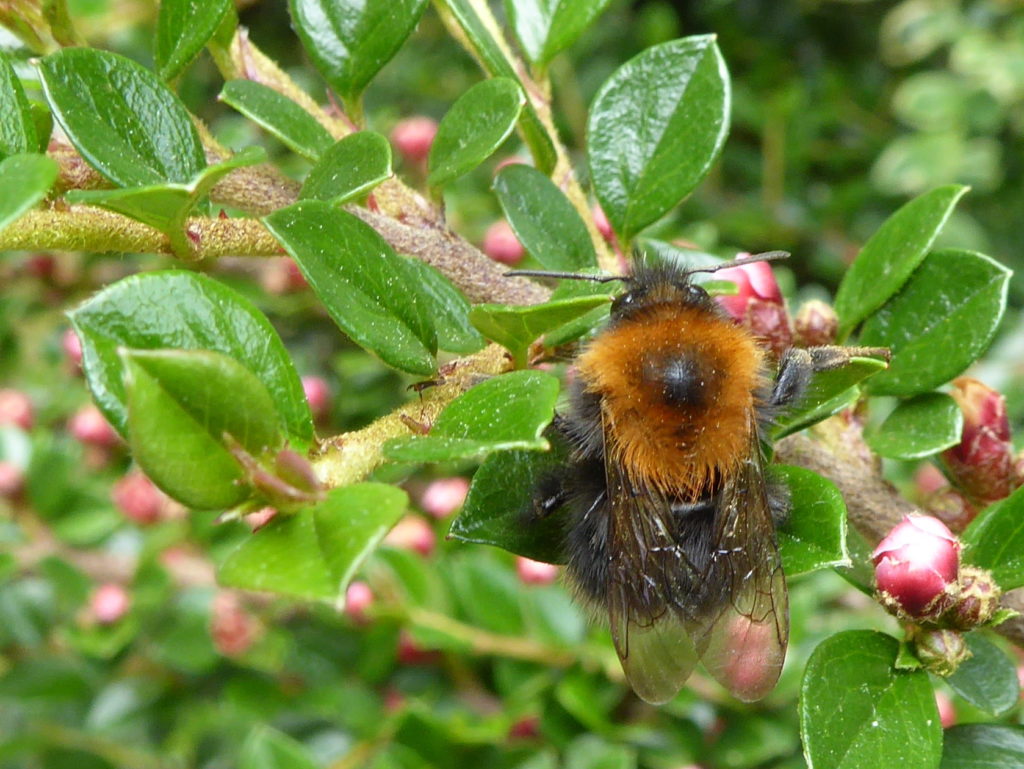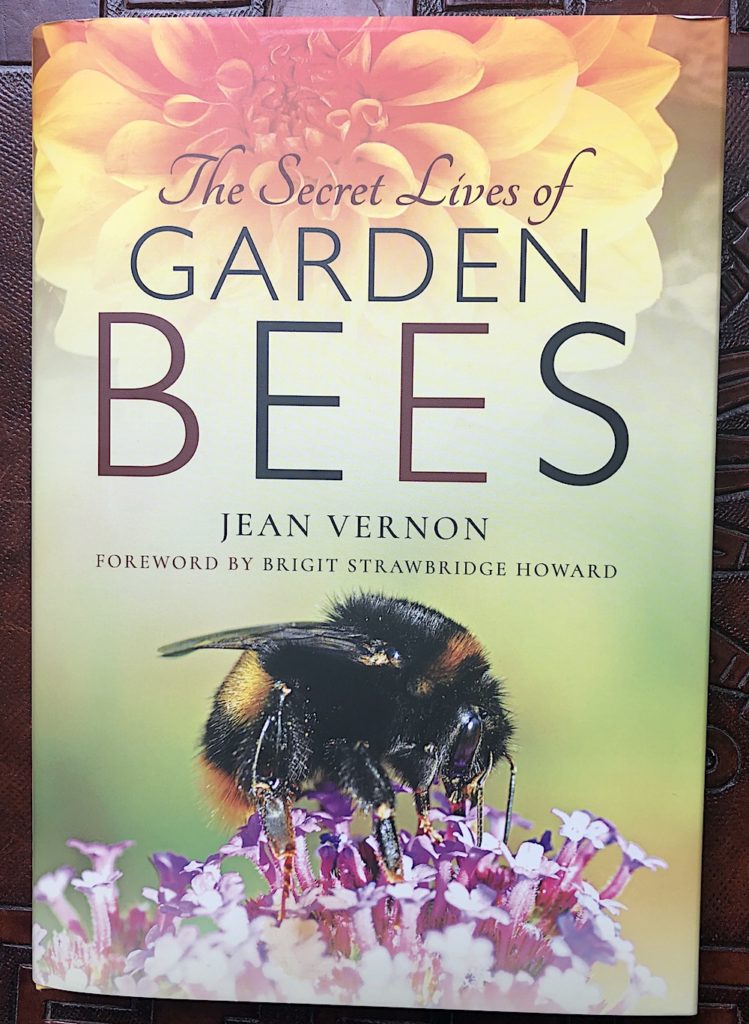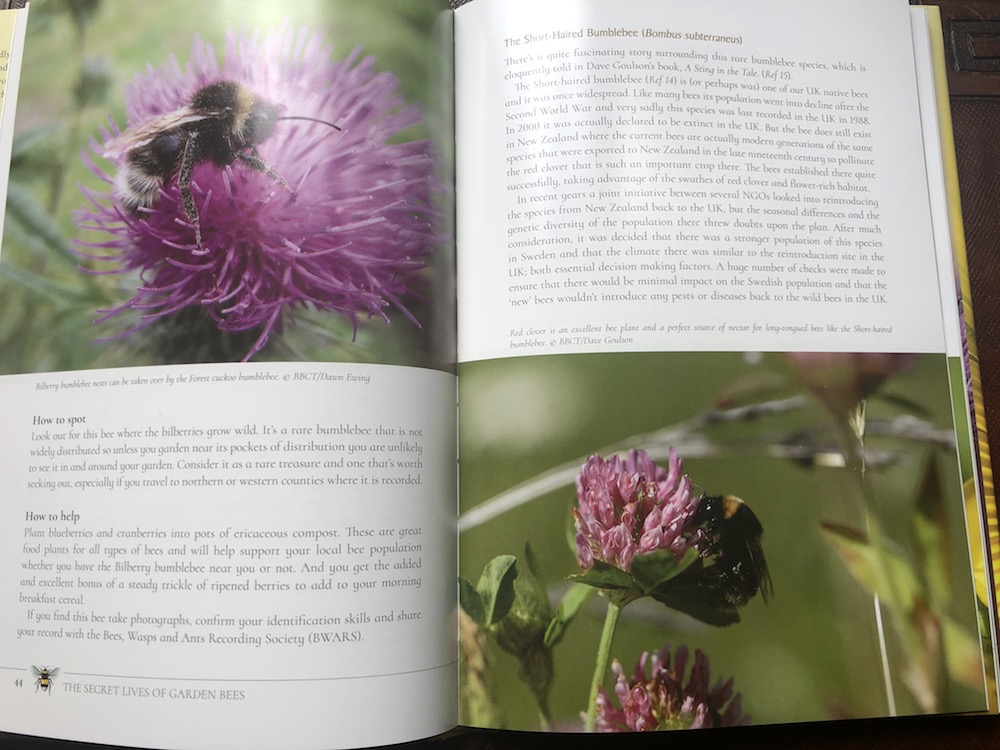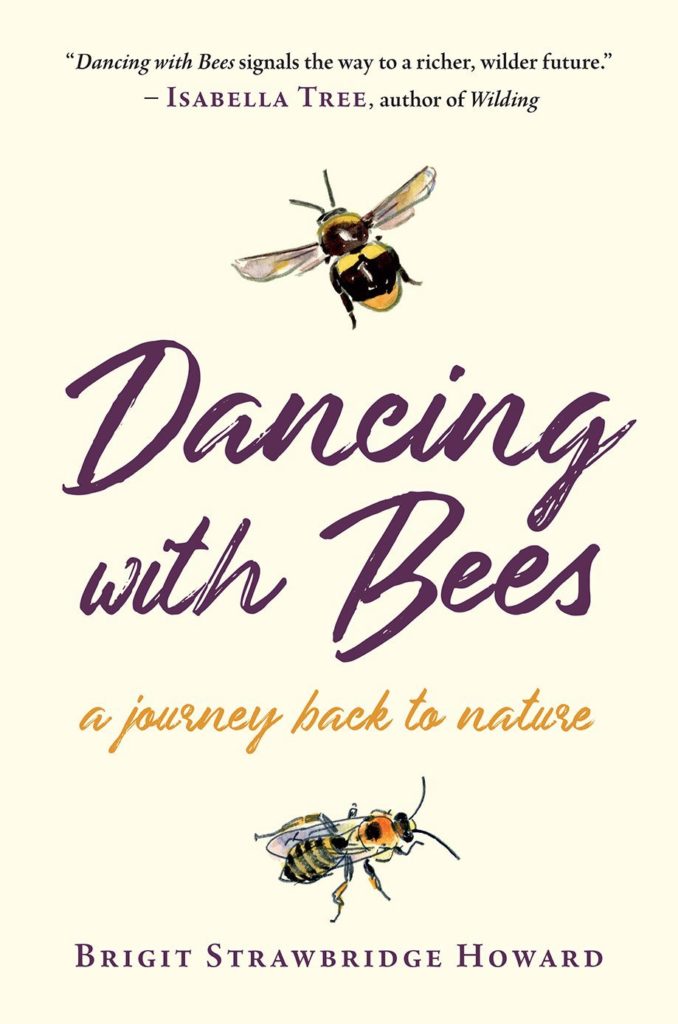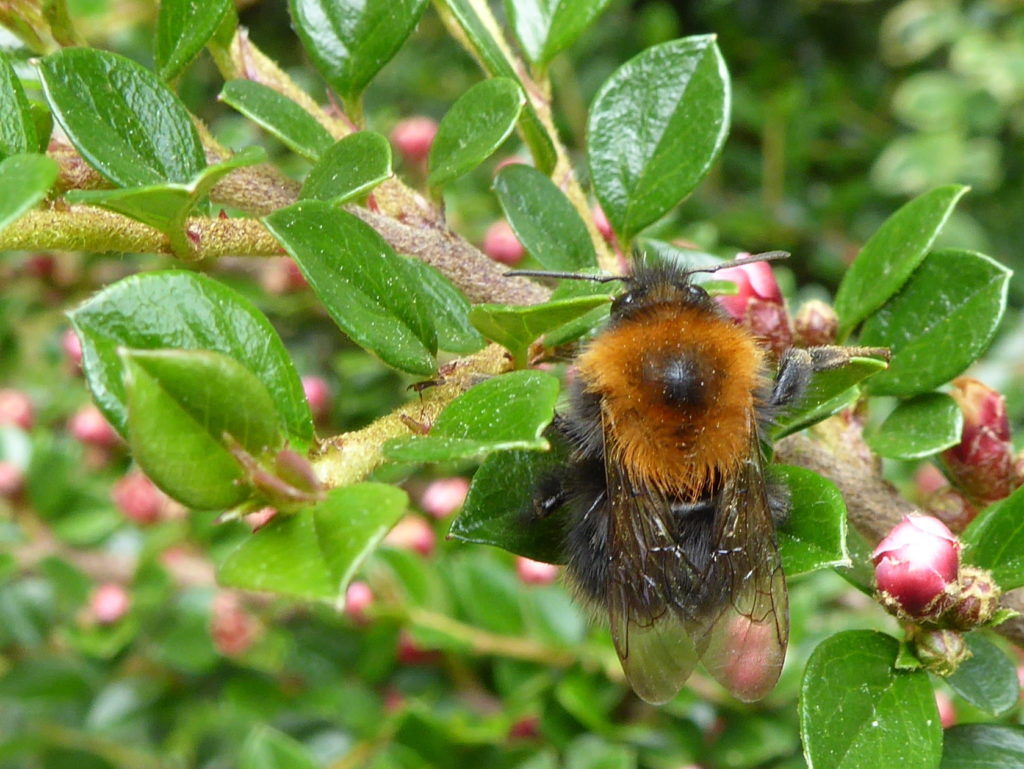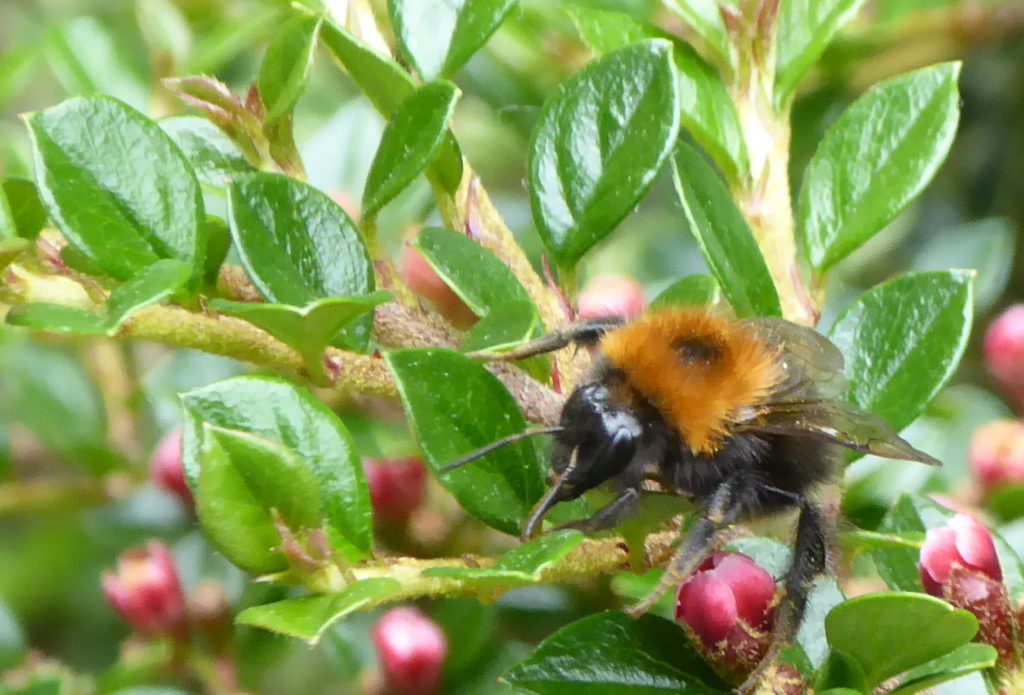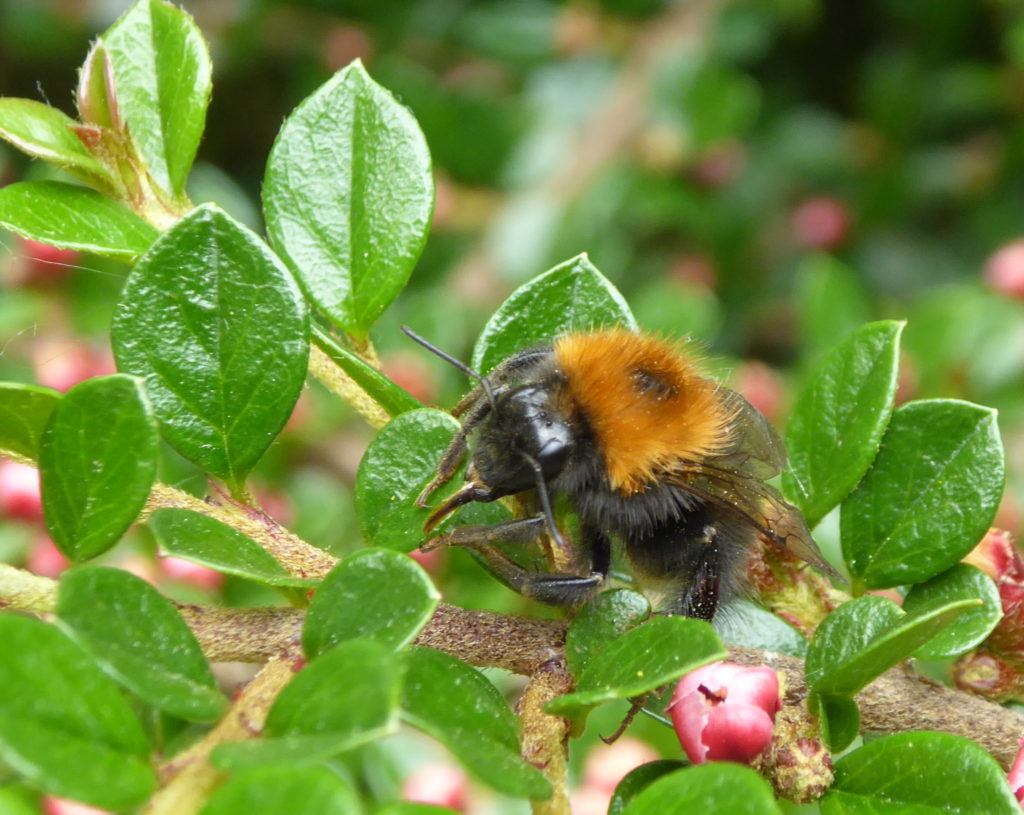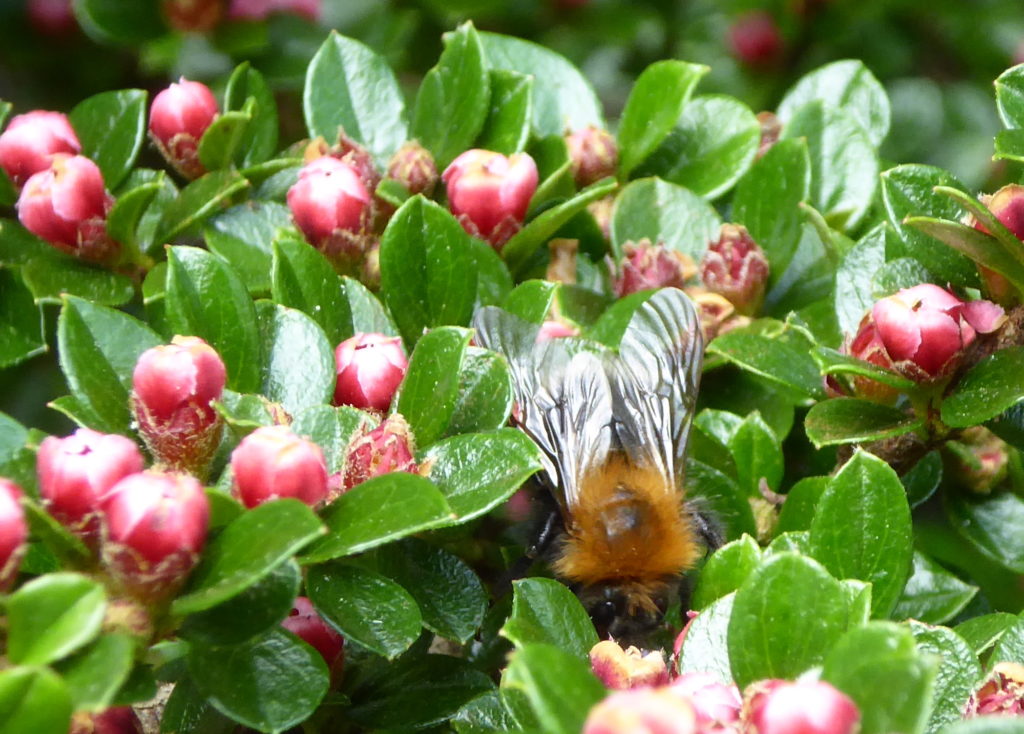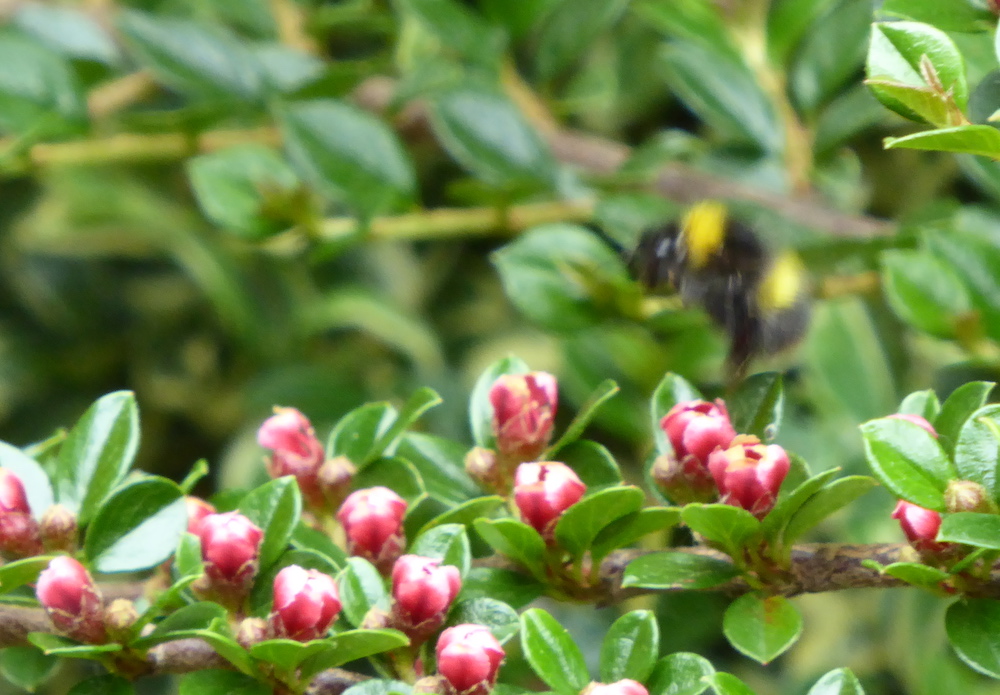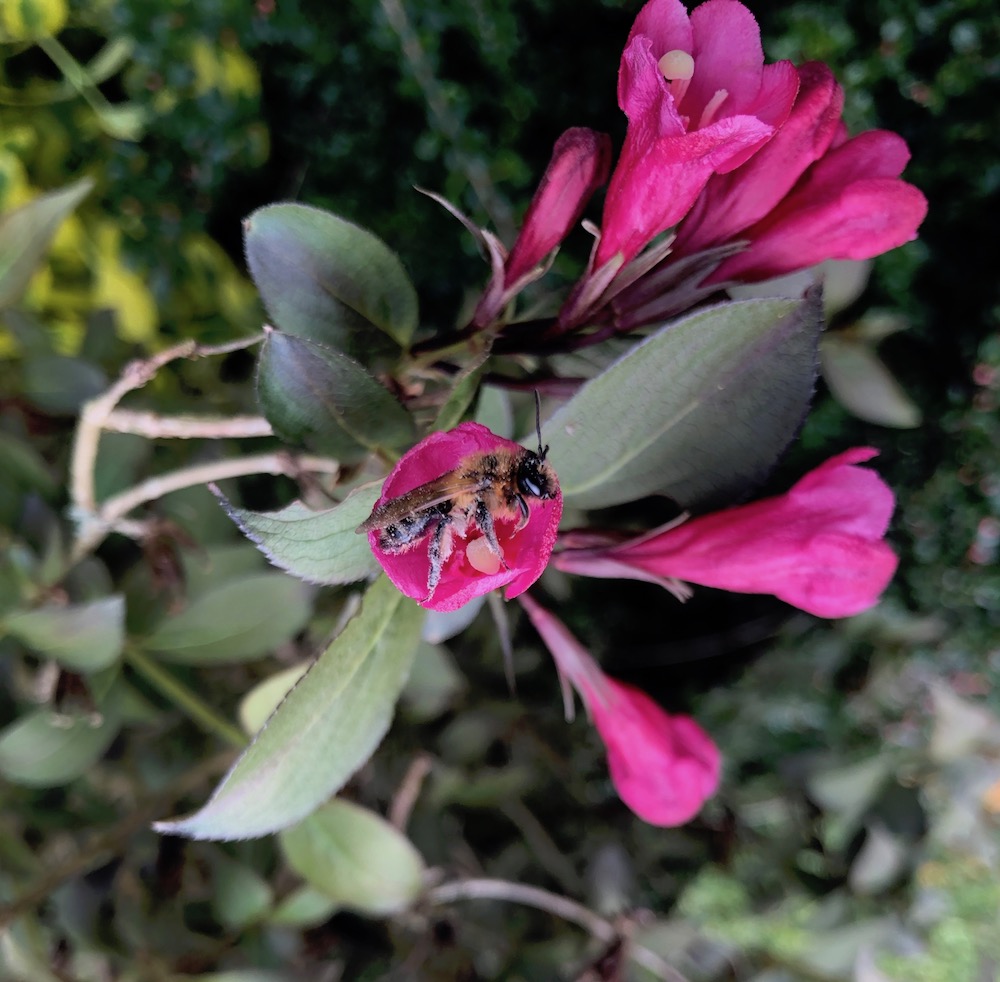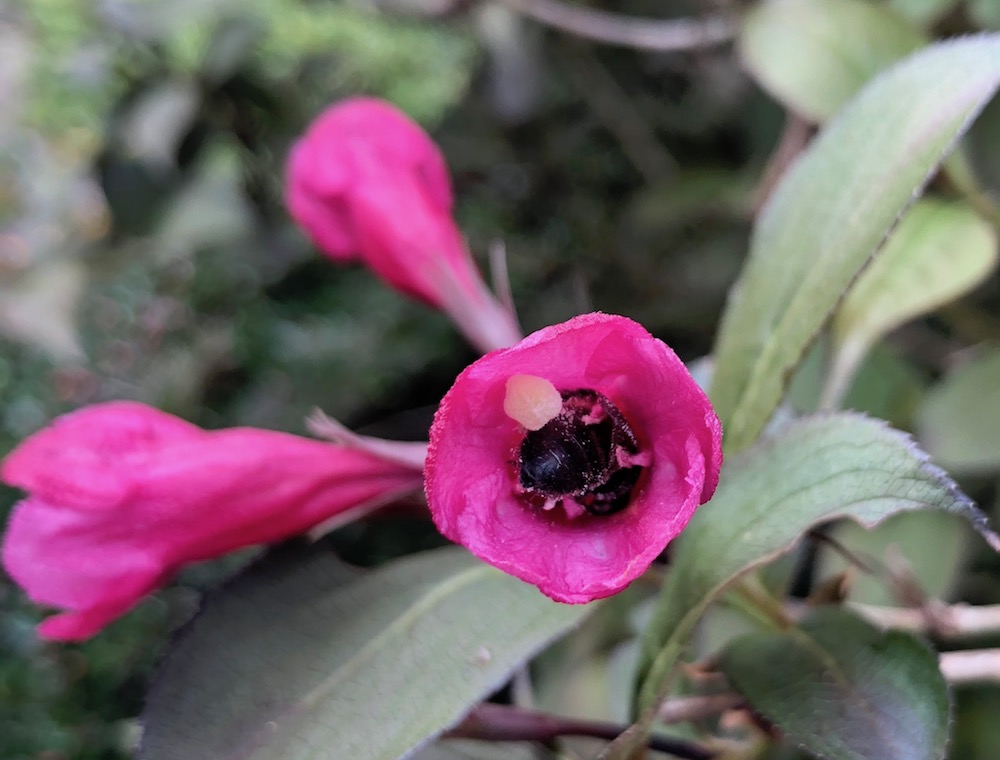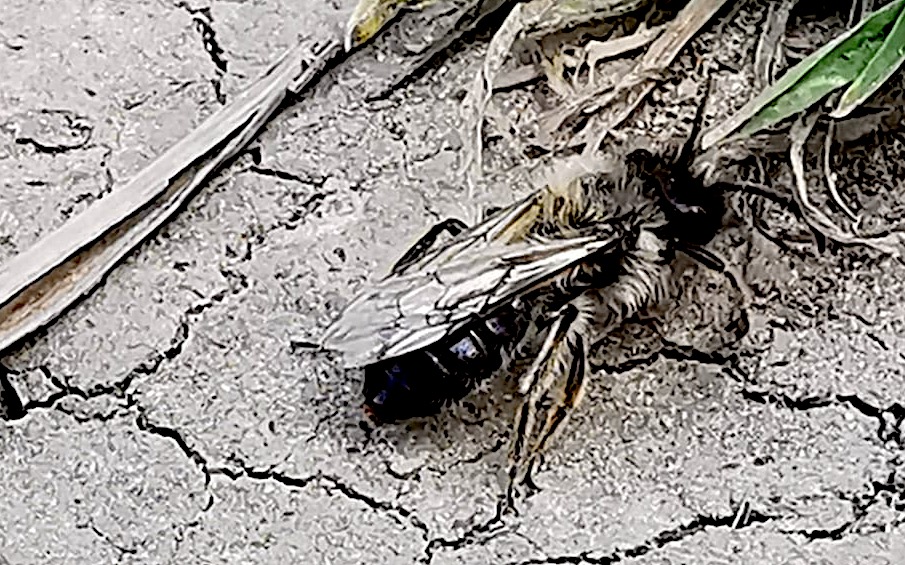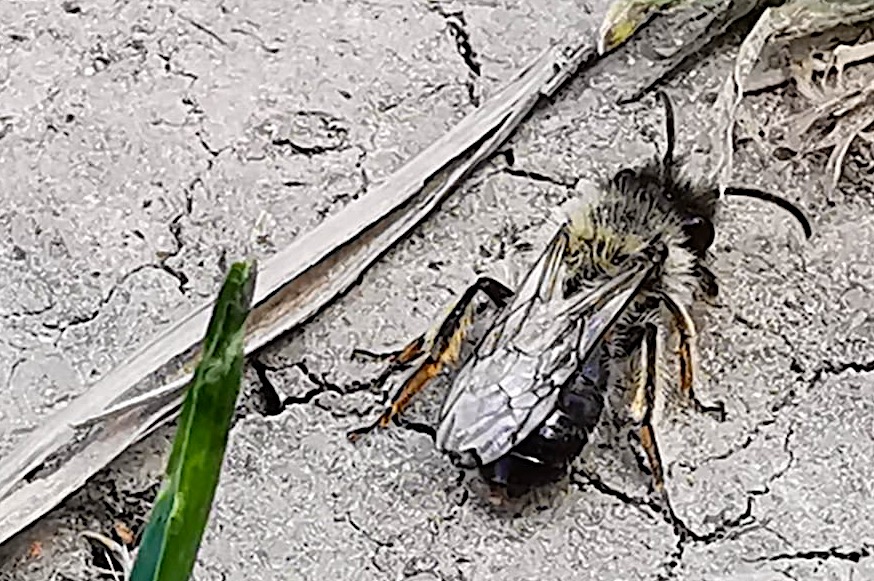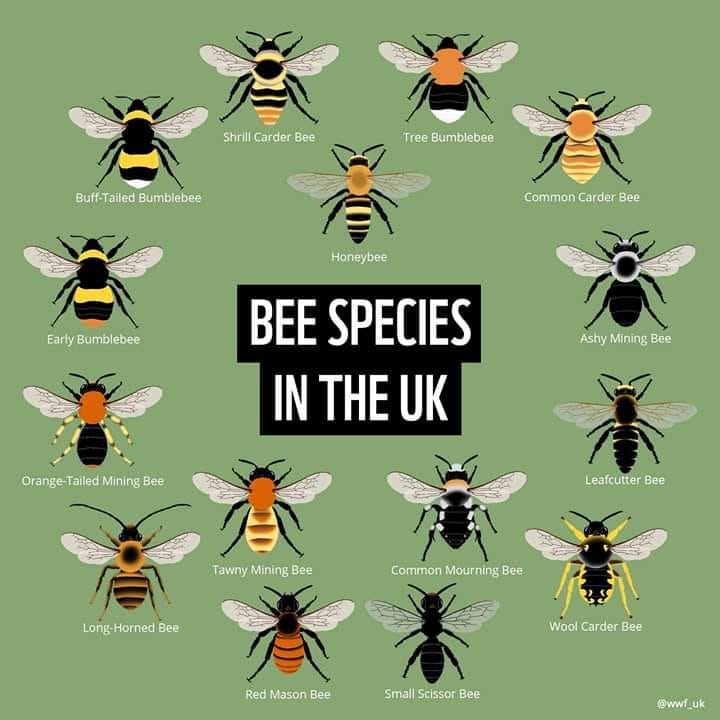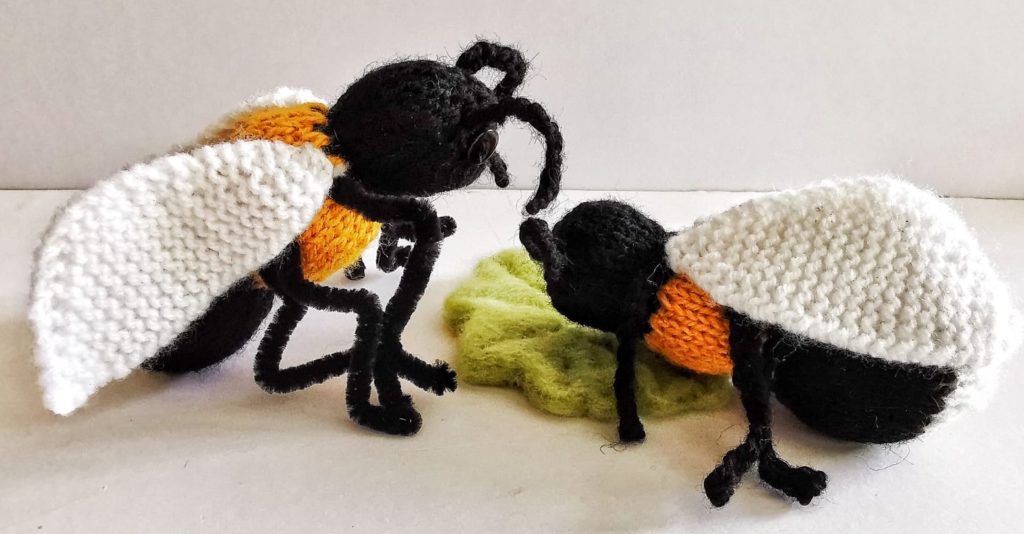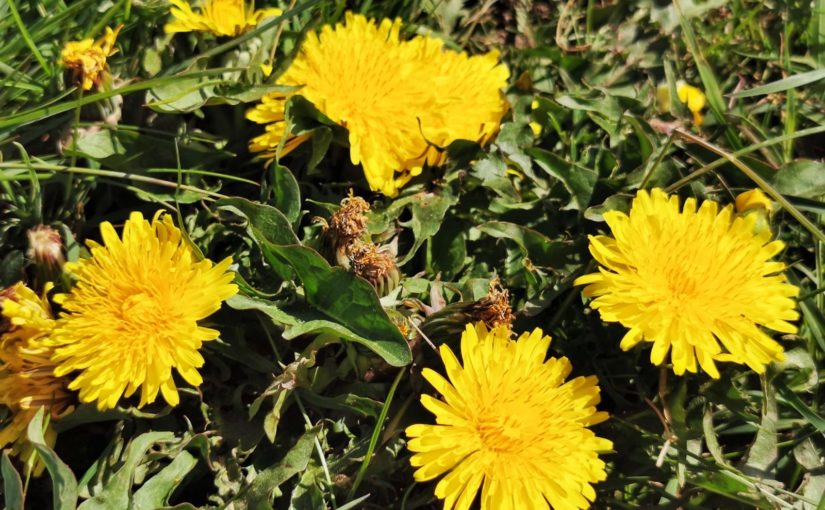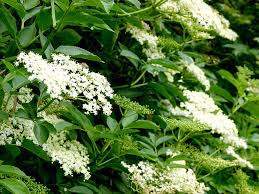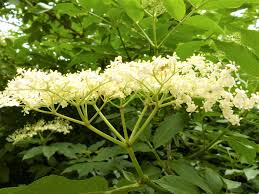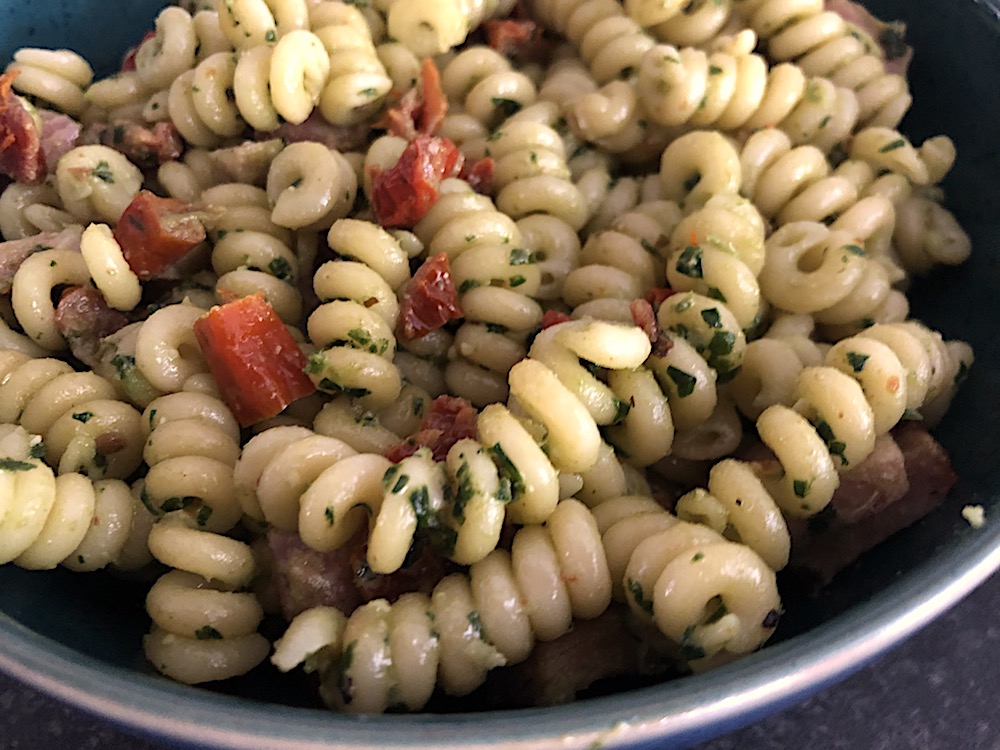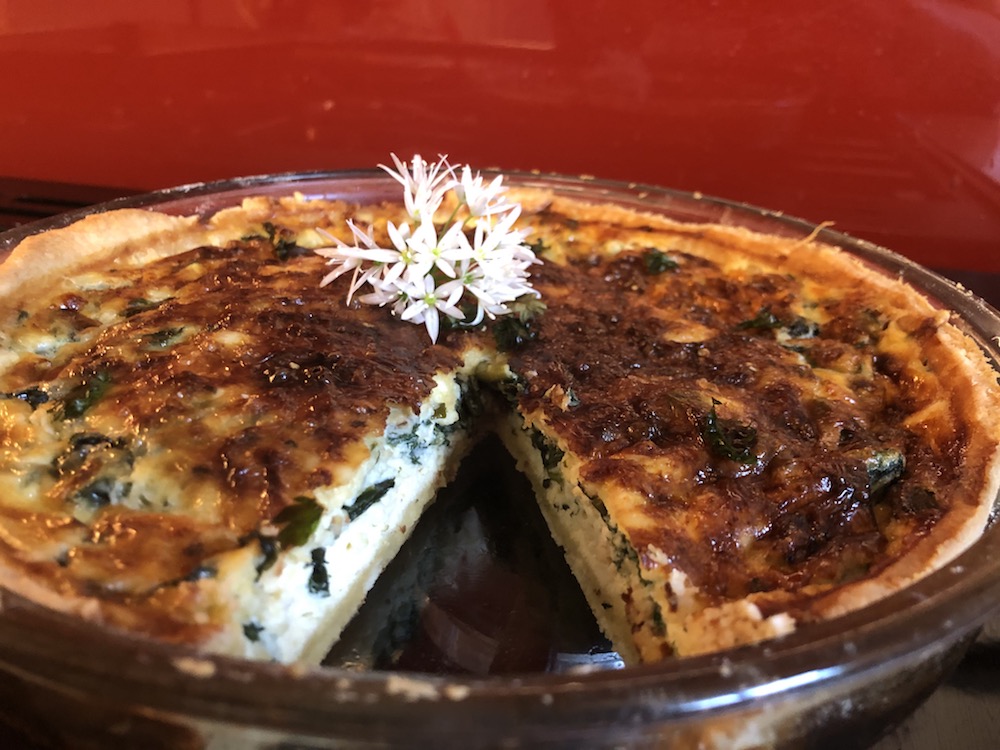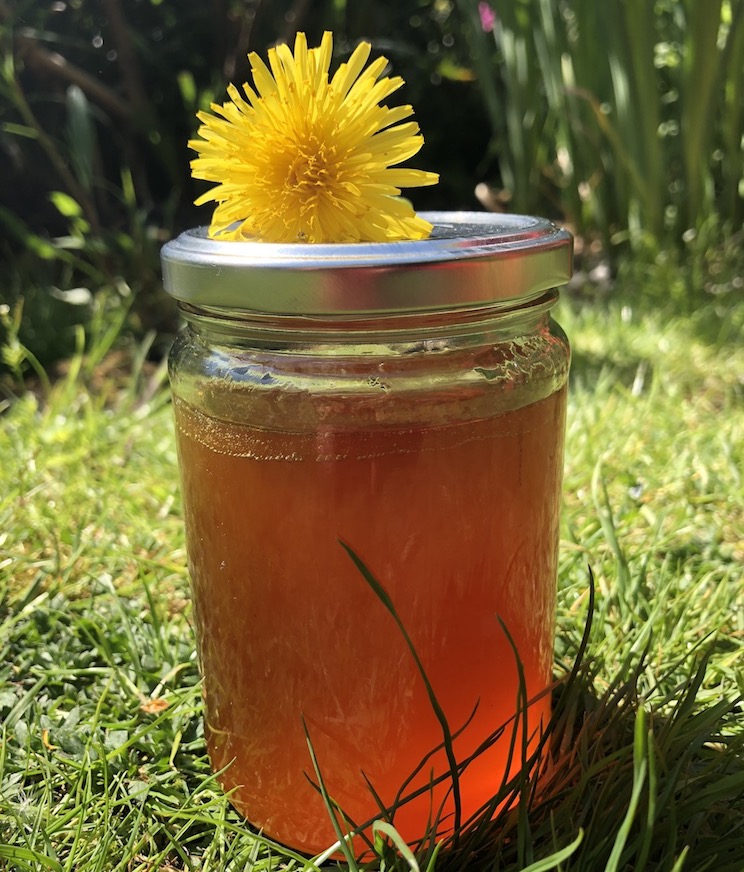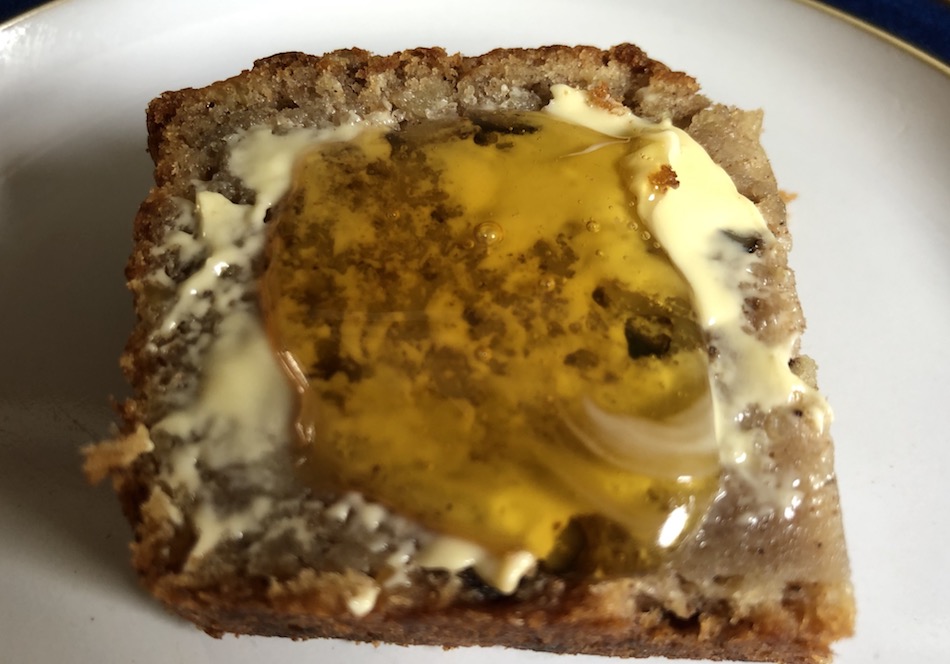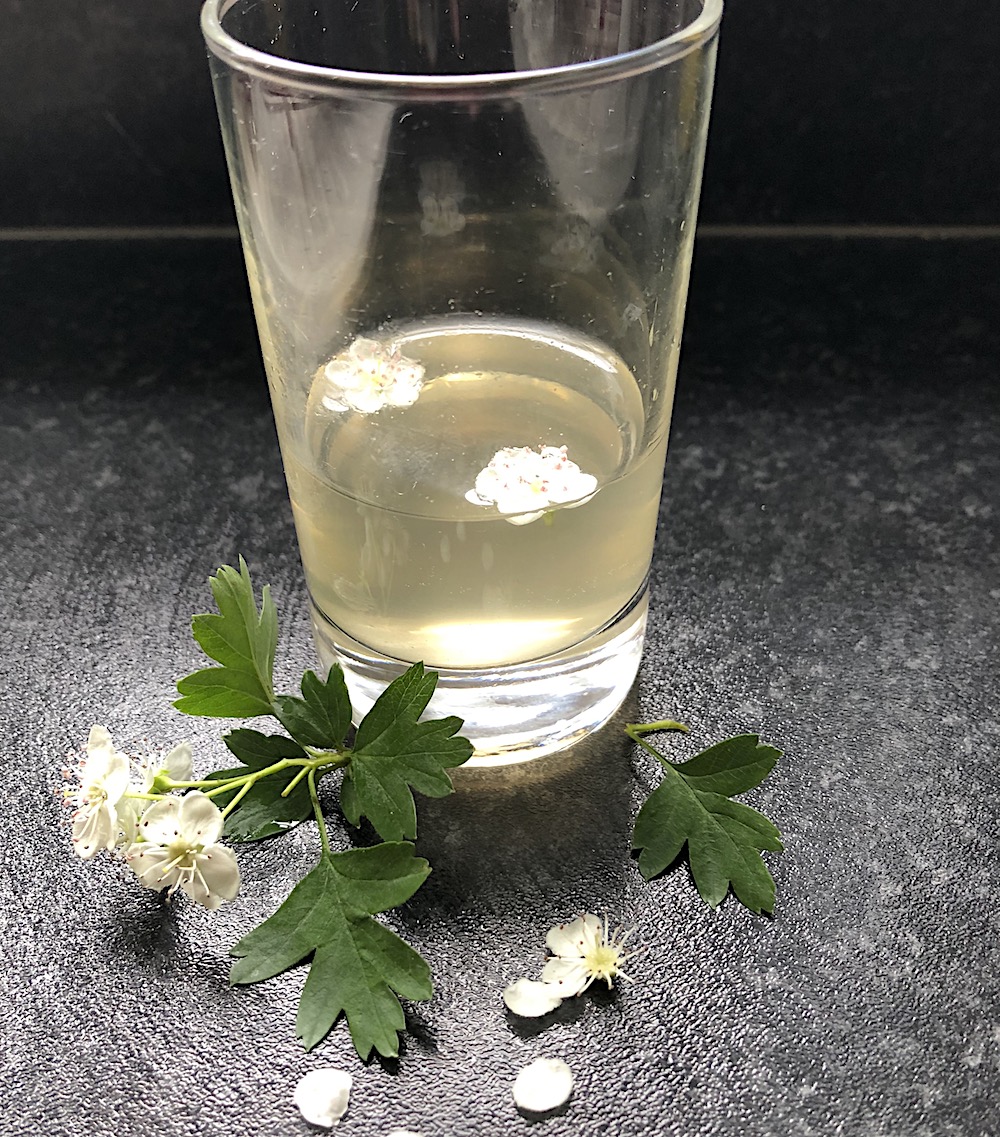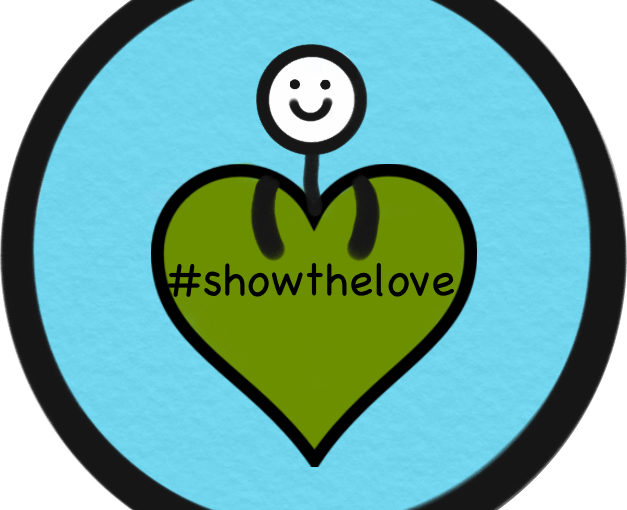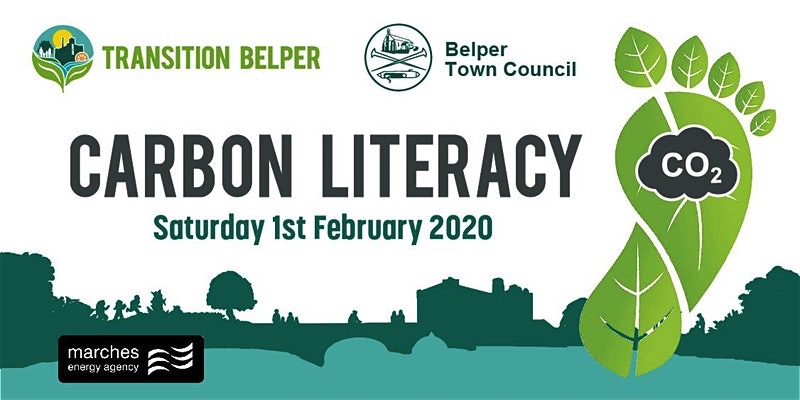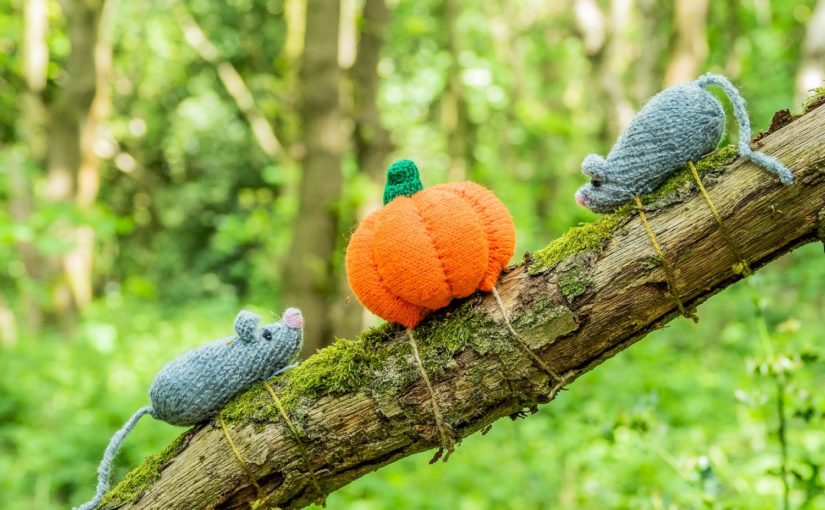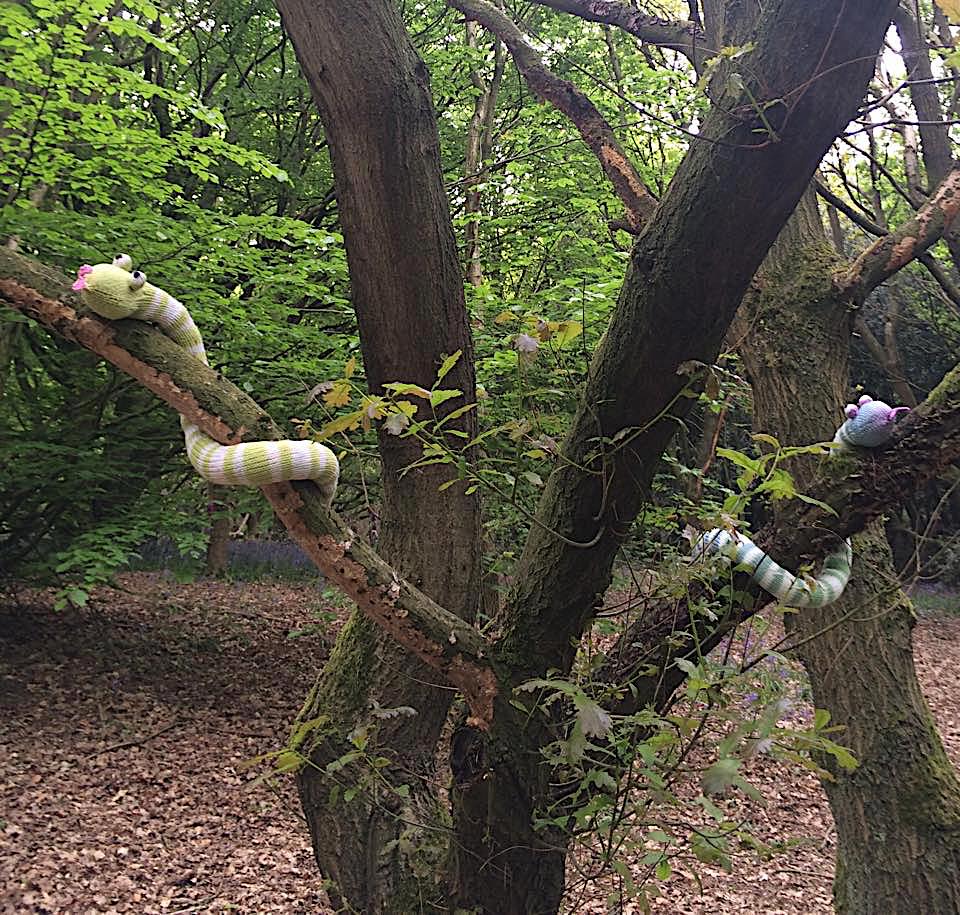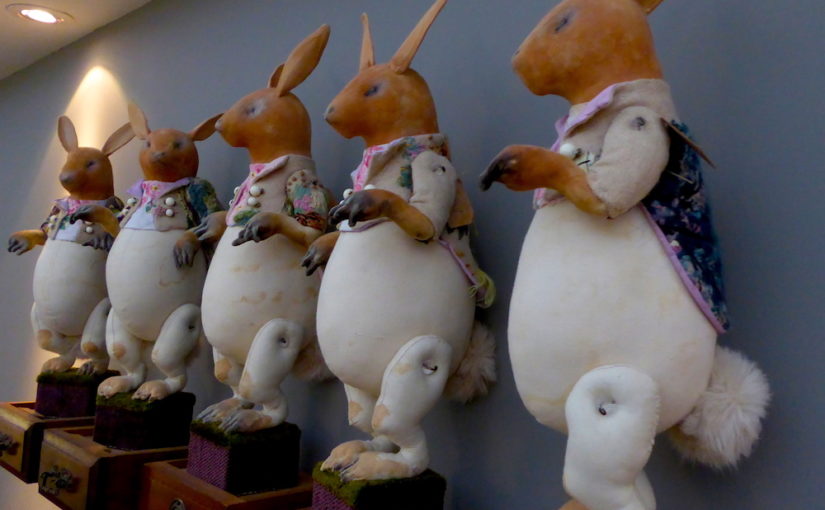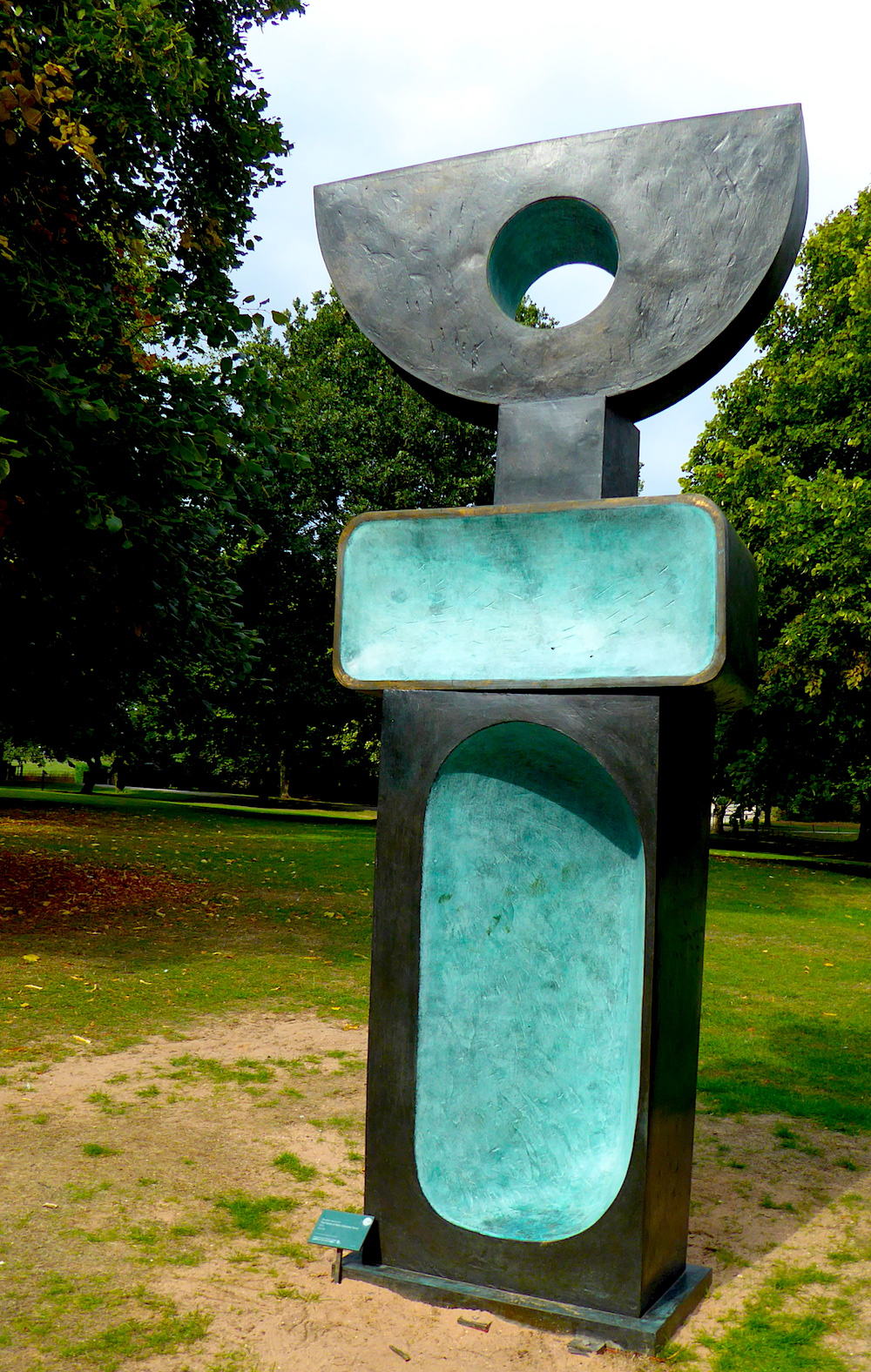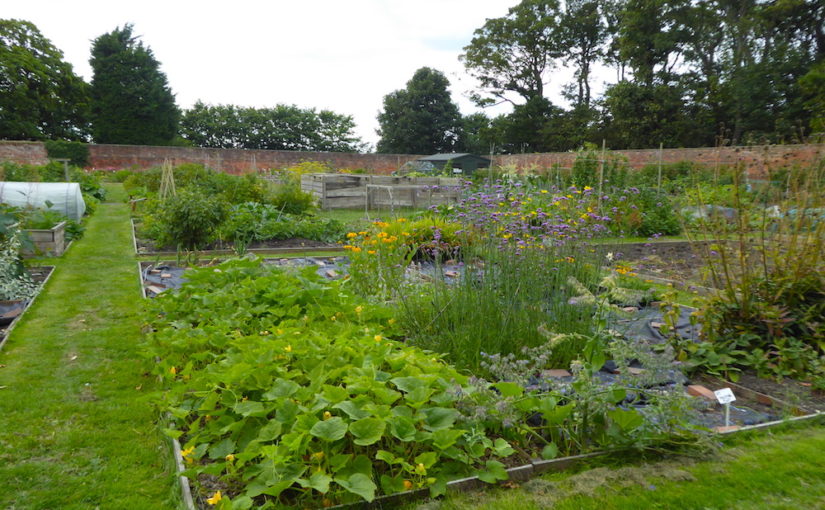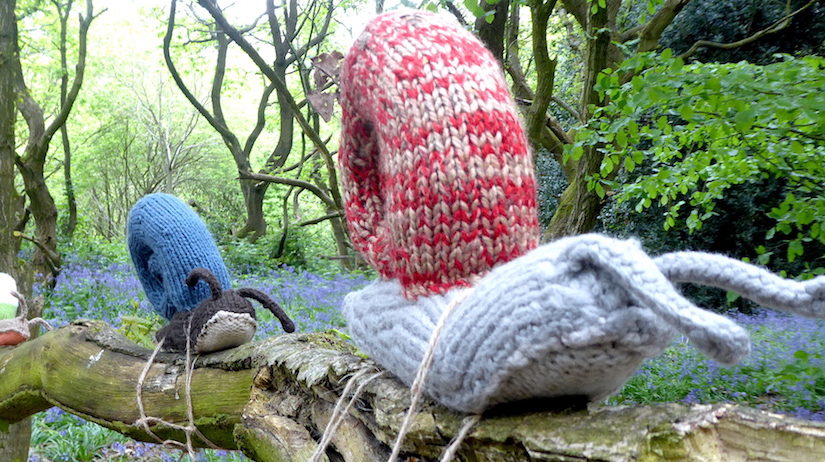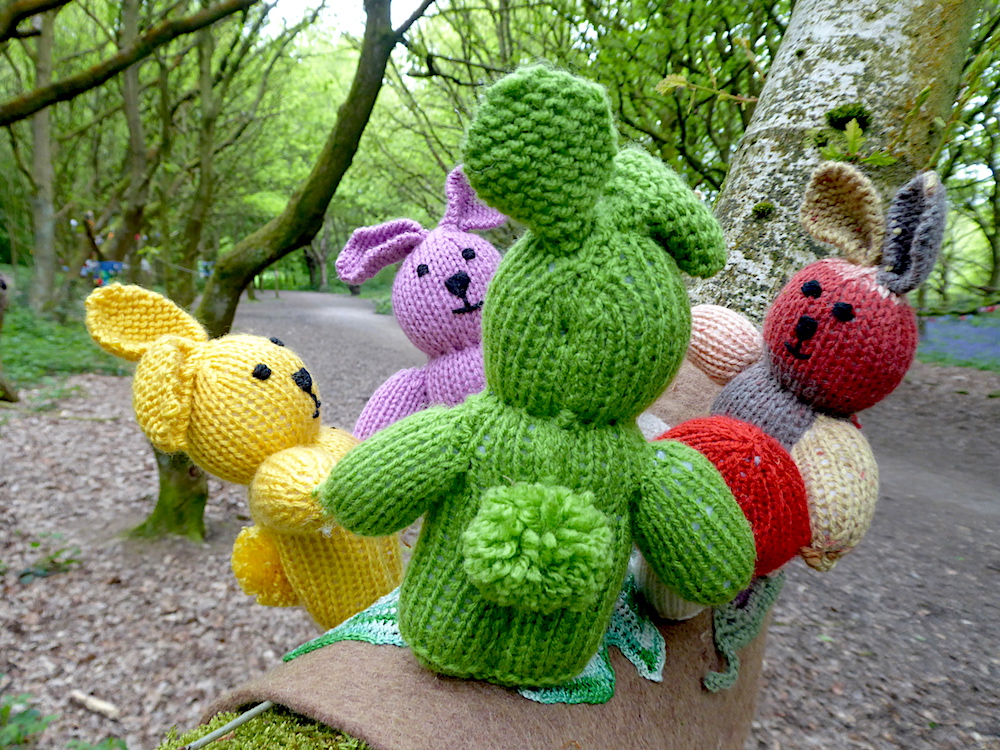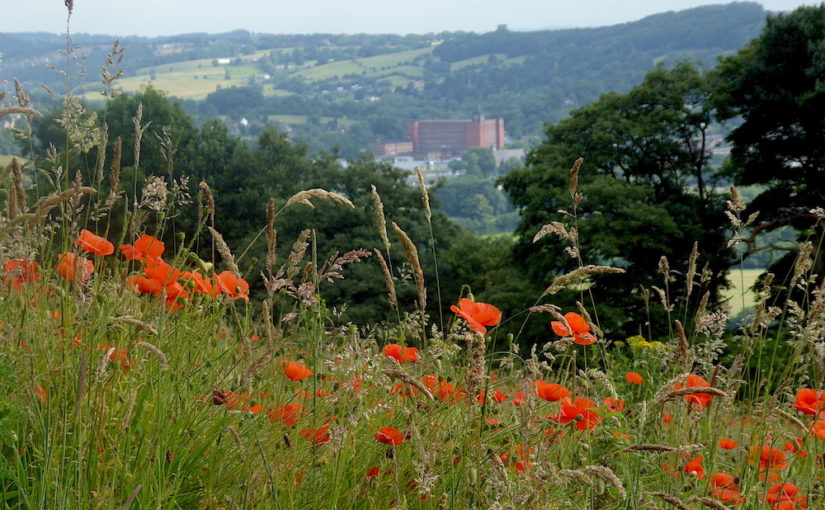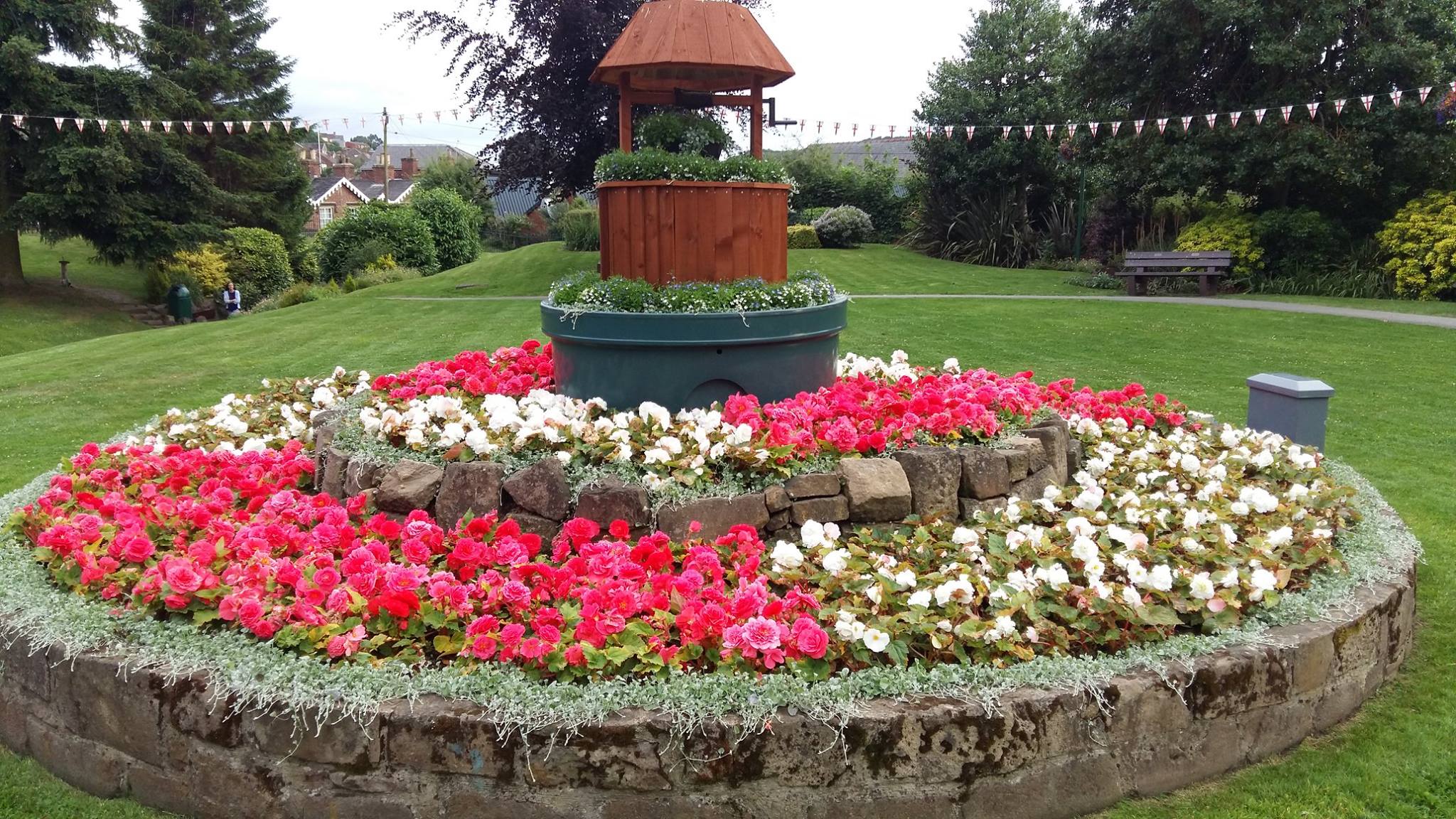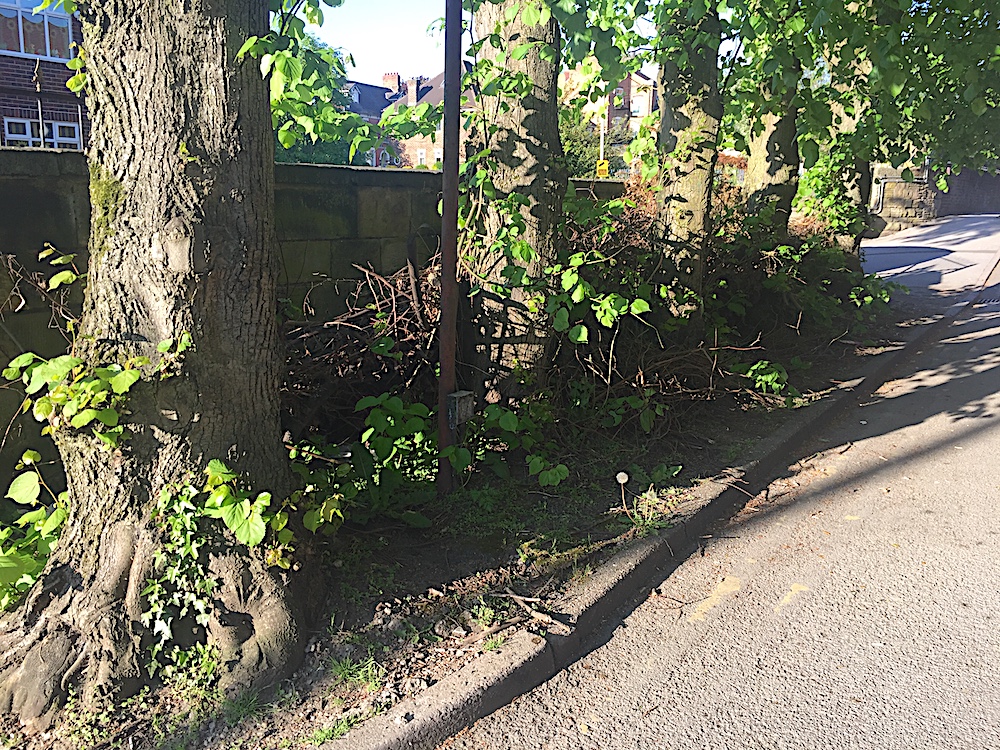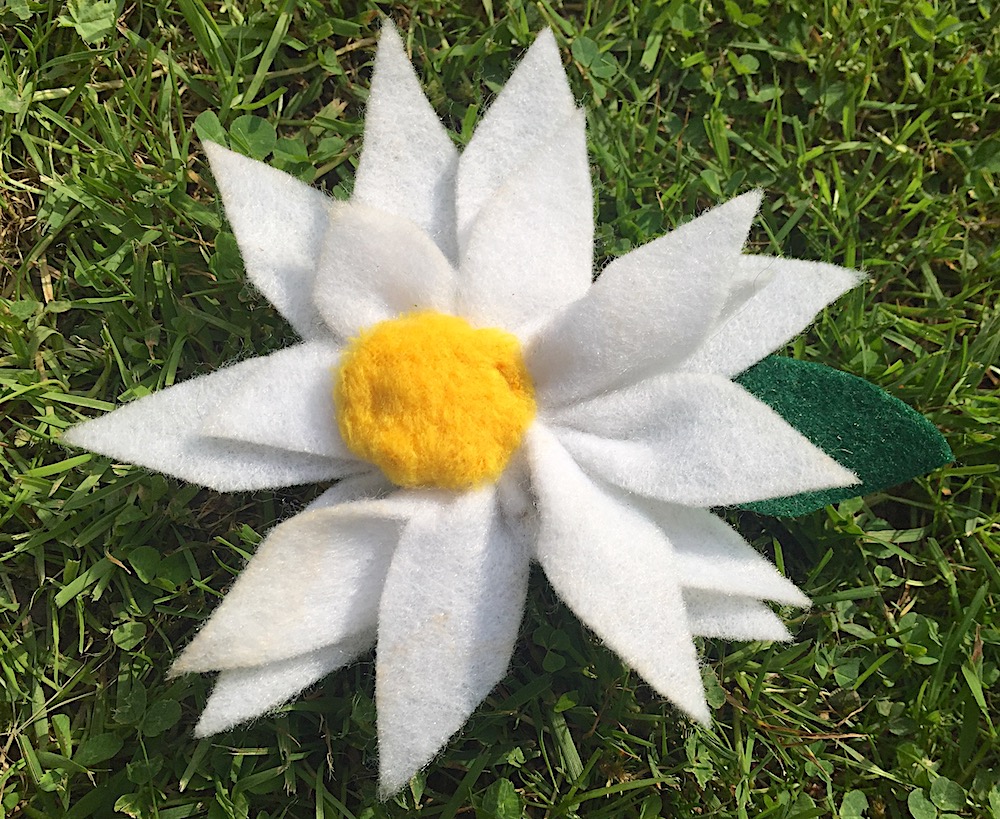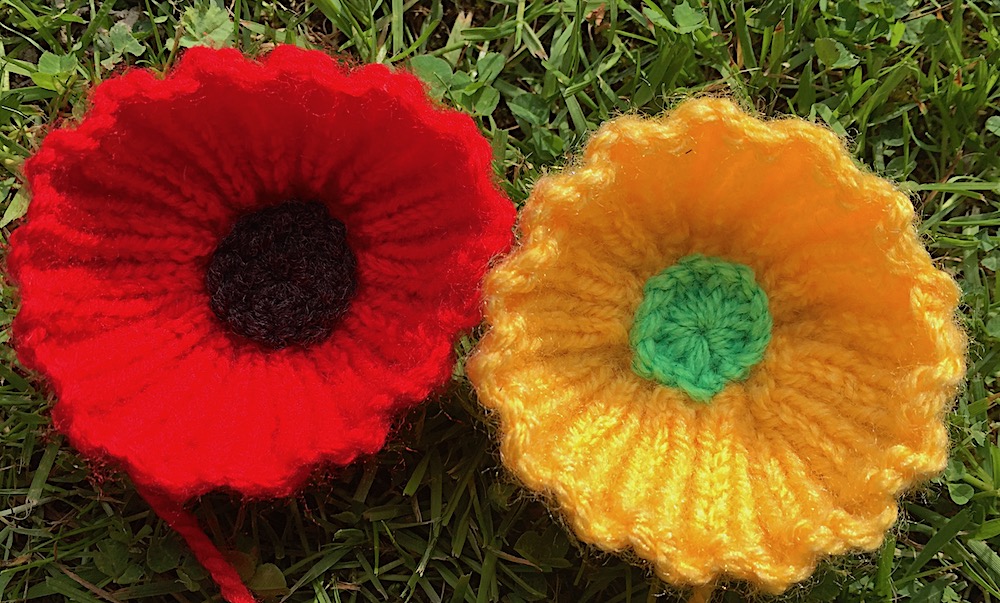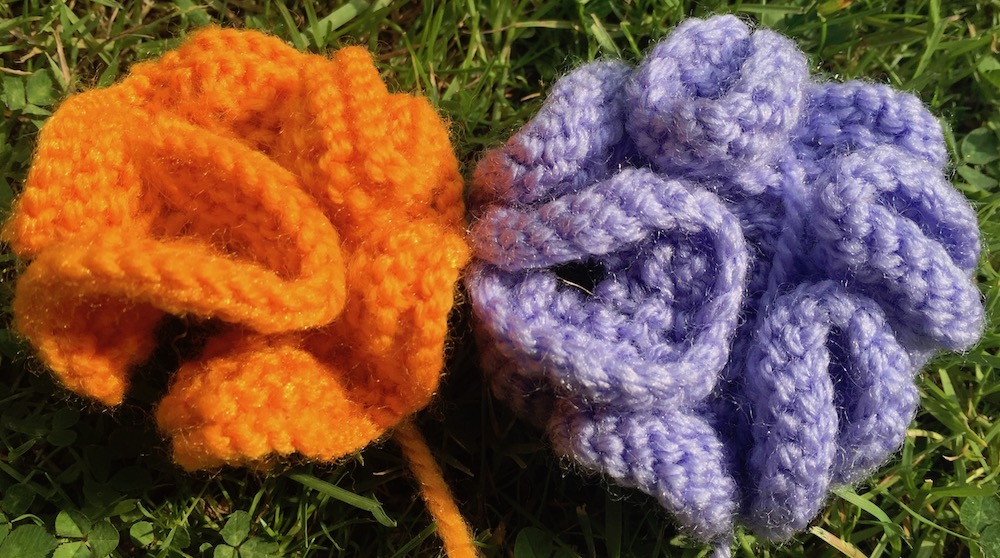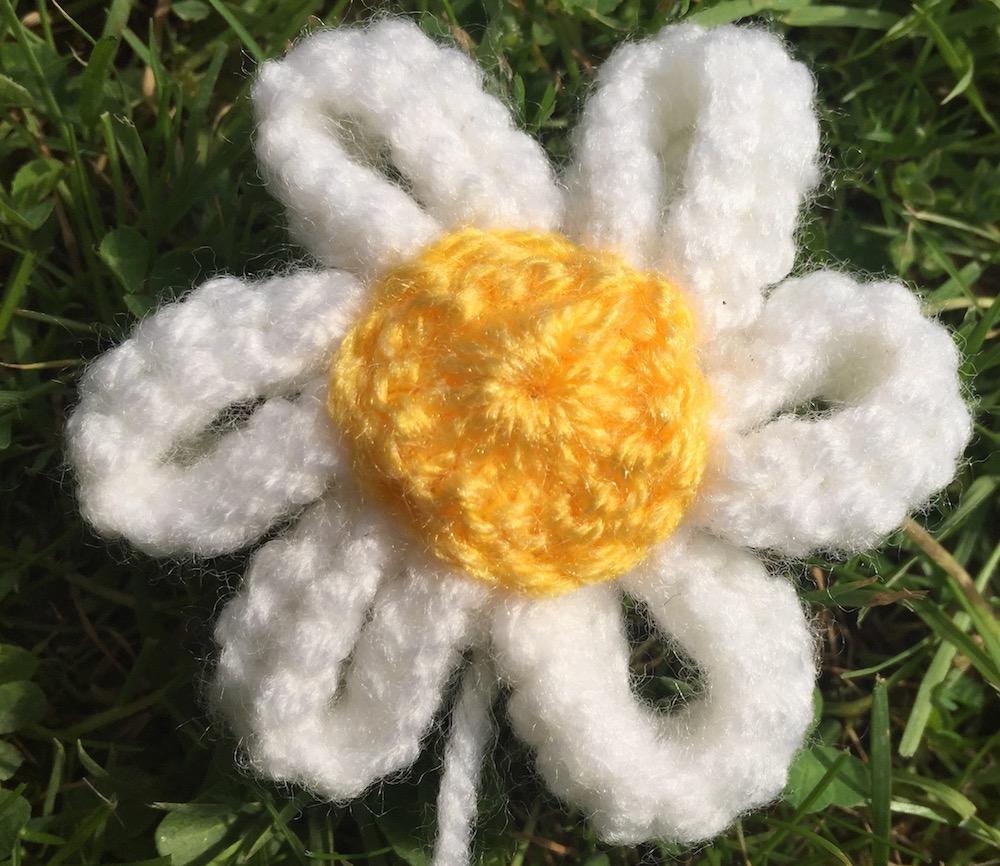I have always enjoyed walking in the countryside and over the years have tried to recognise and learn the names of wildflowers. I have four wildflower books at home but even these do not show every flower as there are so many different ones in our lanes and fields. In more recent years there have been concerns about the demise of our native plants and the loss of wildflower meadows. It is thought that we have lost 97% of wildflower meadows since the 1930s. There is a lot of debate over the picking of flowers but it is important that children learn to love them and this could mean picking a few. This is what Plantlife has to say,
‘Contrary to widespread belief, it is not illegal to pick most wildflowers for personal, non-commercial use. In a similar vein, it’s not illegal to forage most leaves and berries for food in the countryside for non-commercial use.’
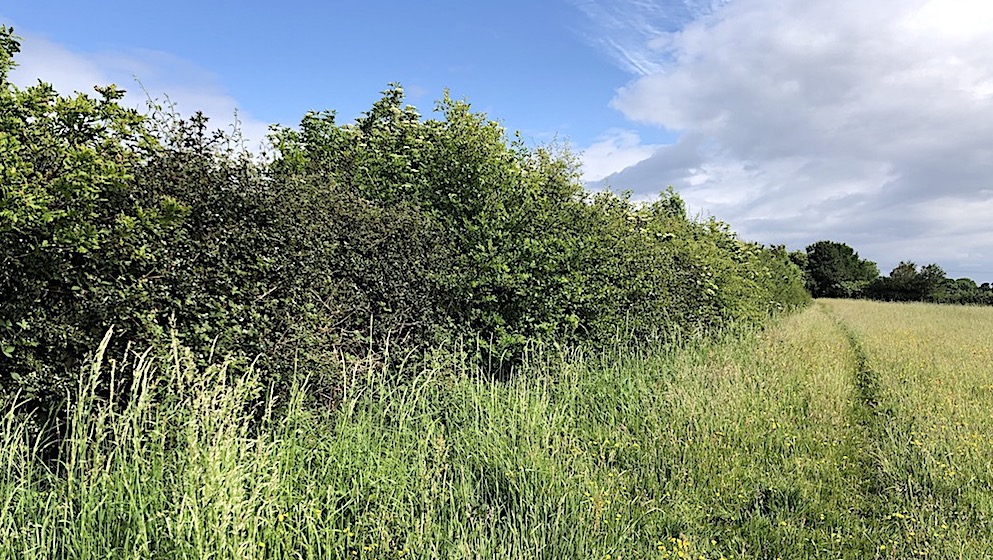
During this period of Lockdown in 2020 we have been allowed to go out each day for exercise but asked to keep within walking distance of home. This has been quite an eye opener to discover all the flowers growing in the fields near Belper. I have been walking virtually the same route each day and have really noticed the succession of our beautiful, colourful flowers.
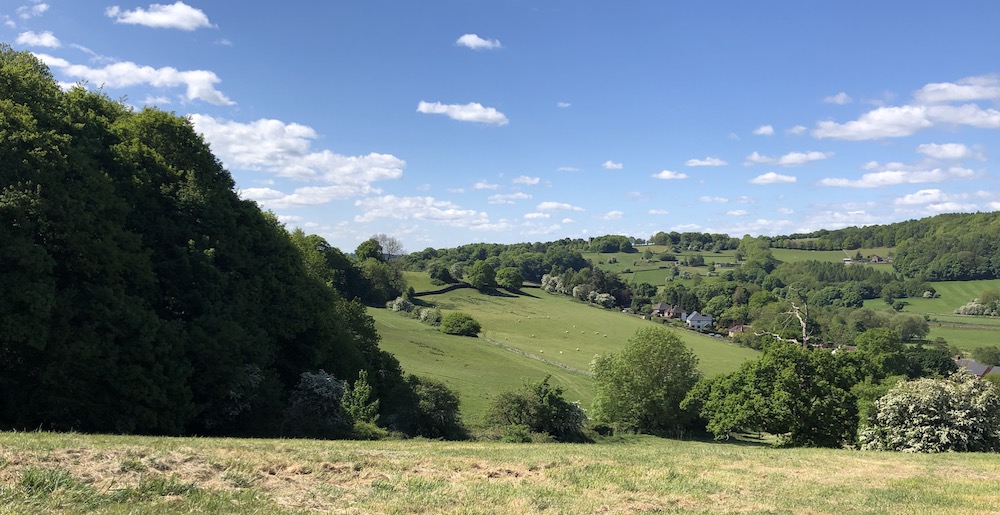
Lockdown started on March 23rd and during this month I noticed Wood Anemones and Mouse-ears both small white flowers. Wood anemones grow in shady places and droop their heads at evening time or during bad weather. It used to be said that fairies slept in the flowers closing the petals around themselves. Mouse-ears seem to like a bit more sun and are considered to be a weed but I wouldn’t mind some in my garden. In the hedgerows blackthorn flowers open before the bush grows its leaves .
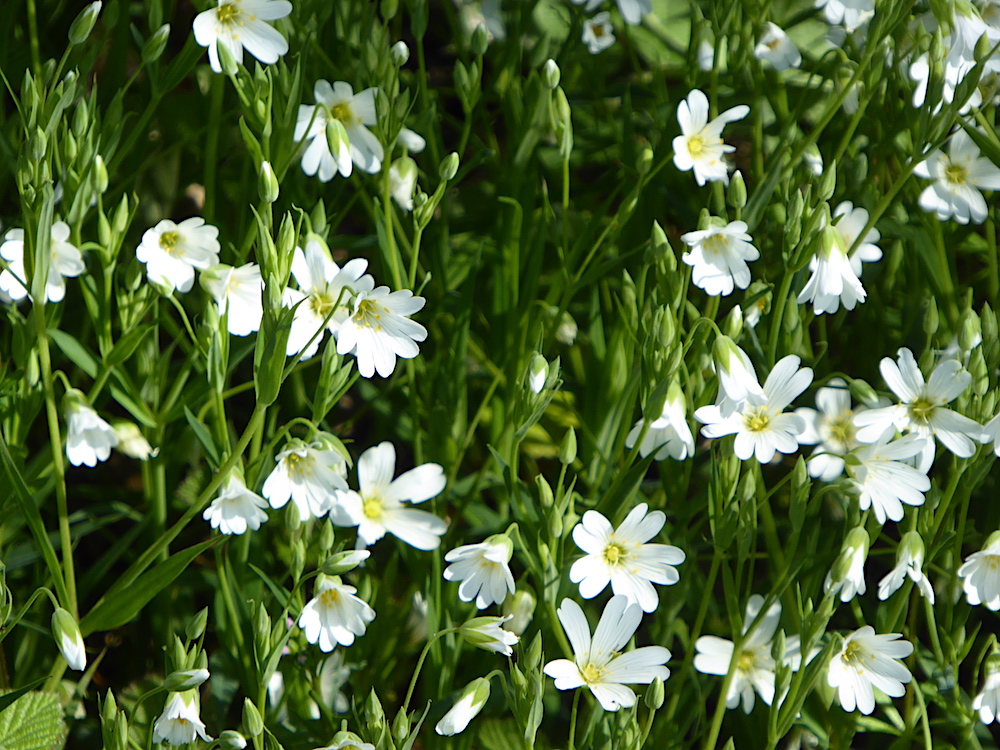
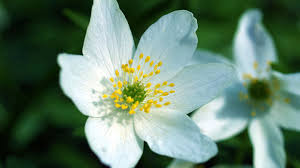
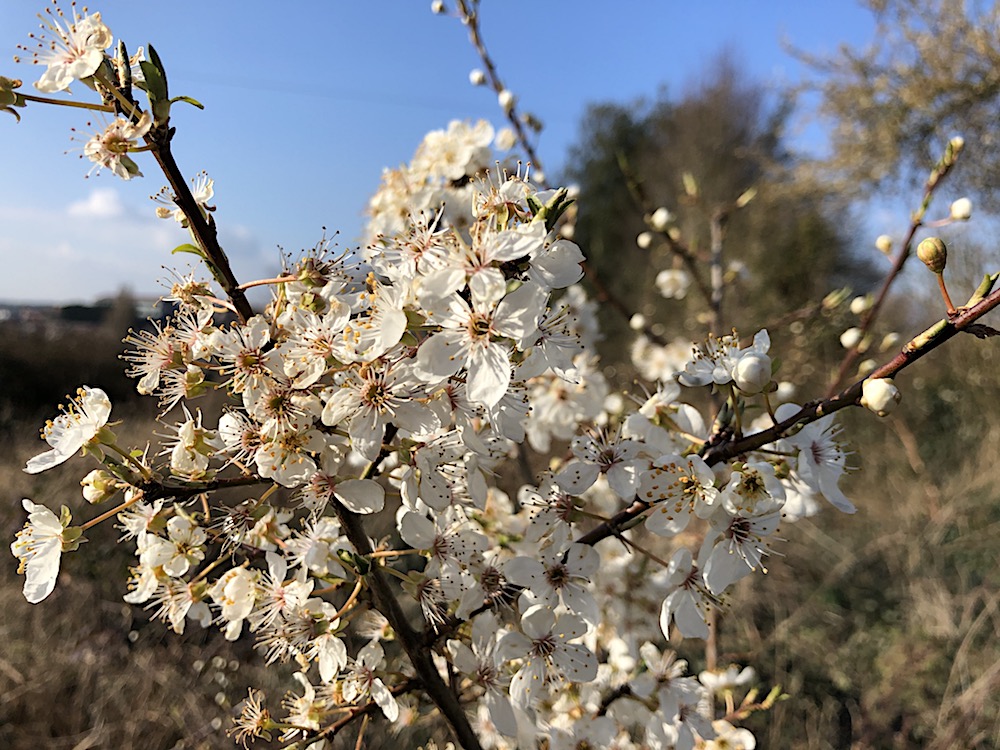
April is the month when Bluebells and Wild Garlic appear and this year the bluebells seemed to be early, probably because of the warm weather. The fields are bright with the yellow flowers of dandelions and bluebells flower around the field edges and in the hedgerows. Hawthorne flowers open in the hedges and the edge of woods look glorious with Wild Cherry blossom. Cow Parsley starts to wave in the field margins and cuckoo flowers appeared wherever the grass was allowed to grow. It was good to have the time to really observe these flowers as so much of my usual rushing around had to stop.
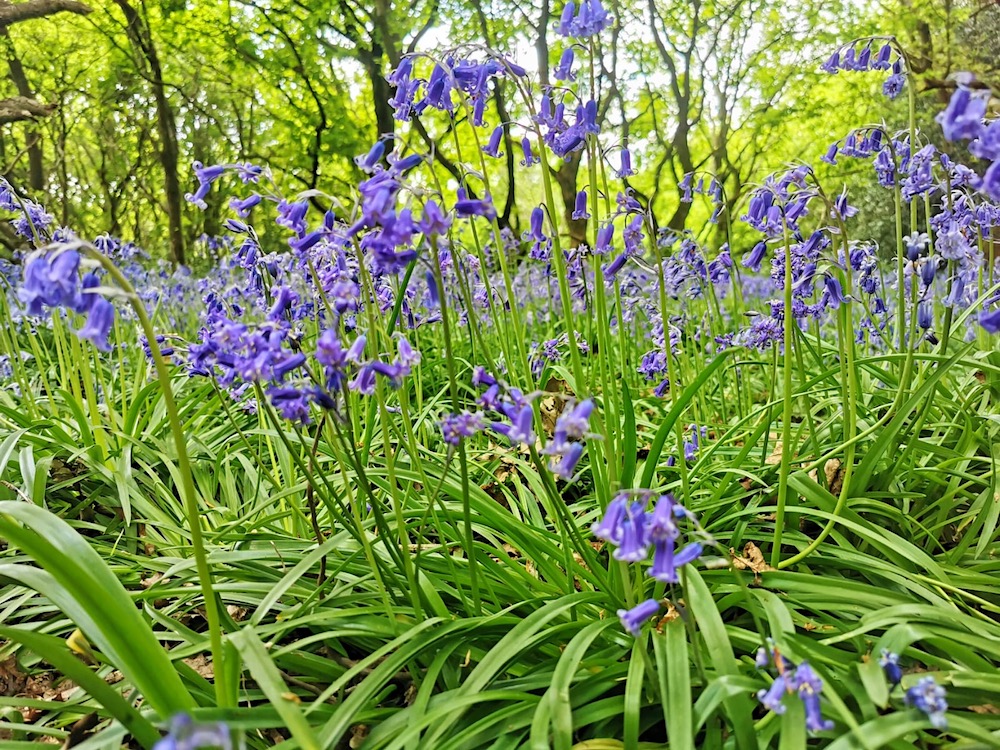
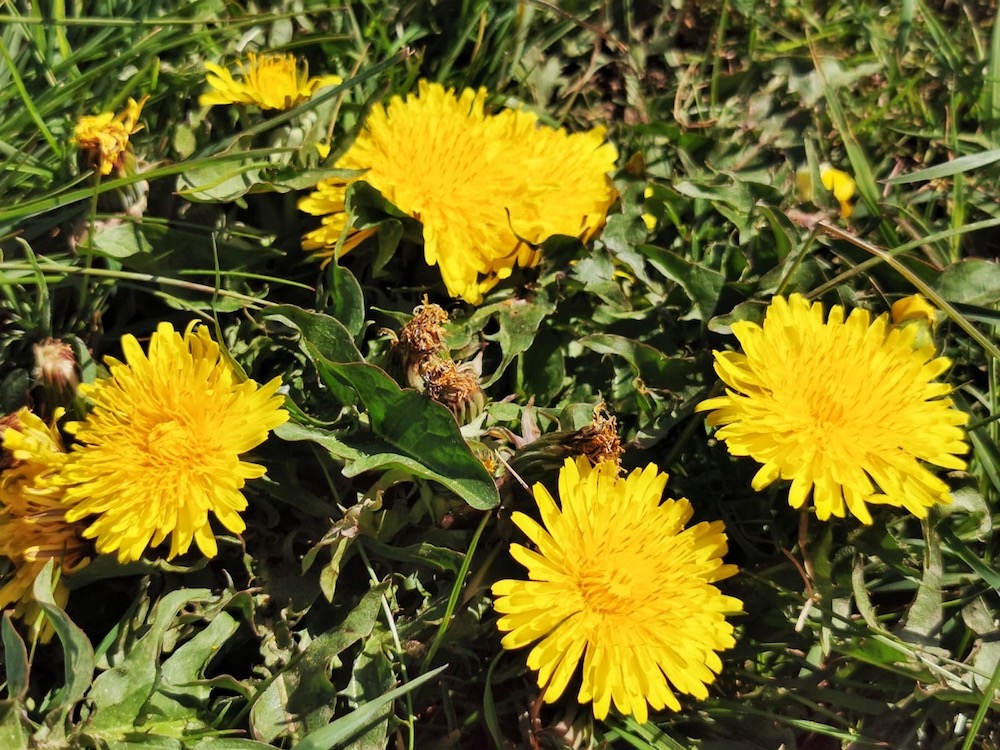
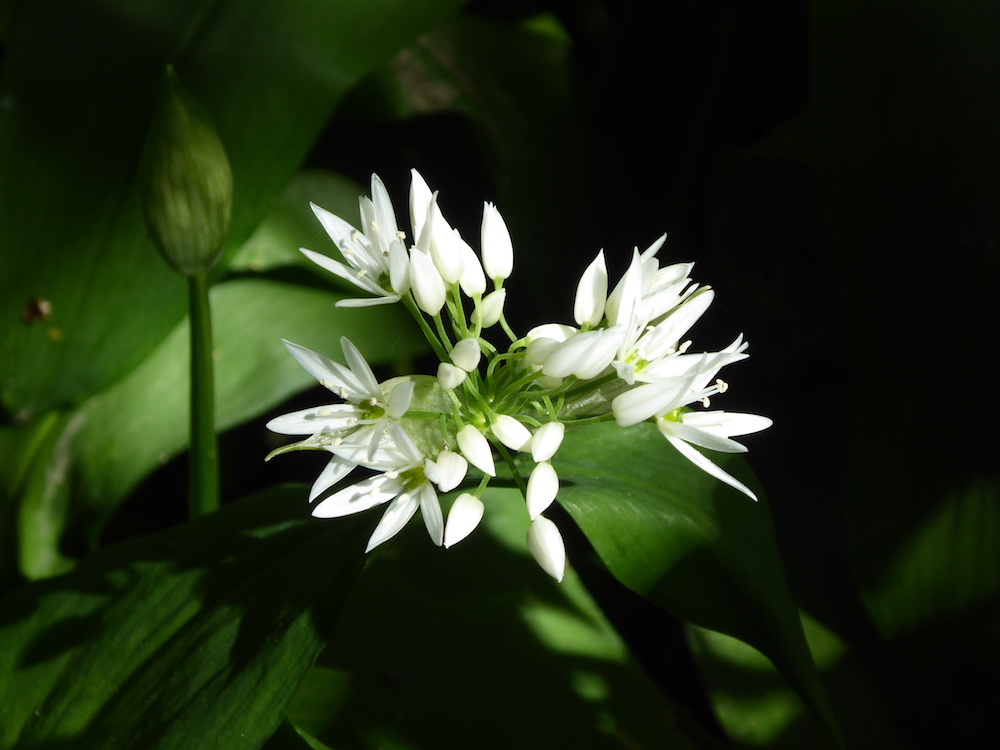
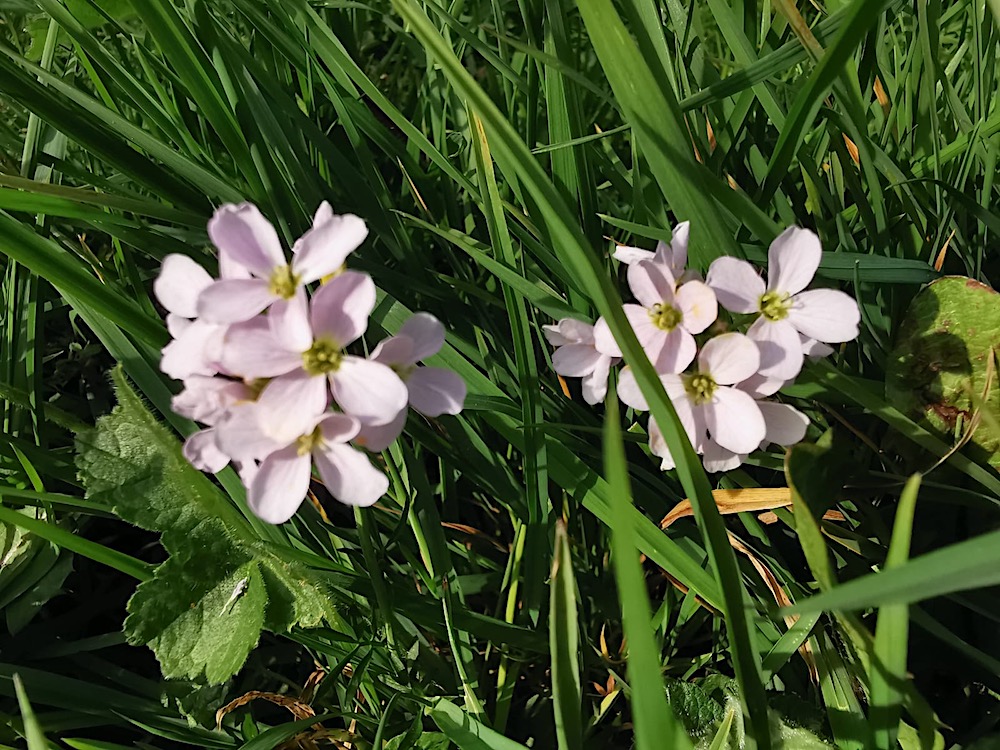
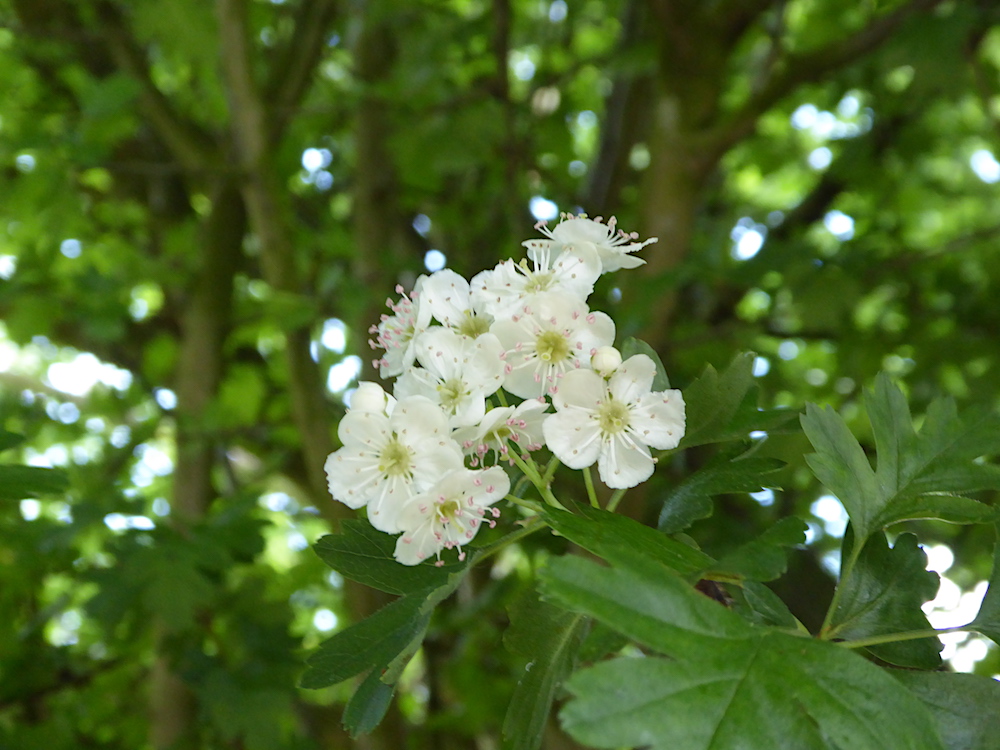
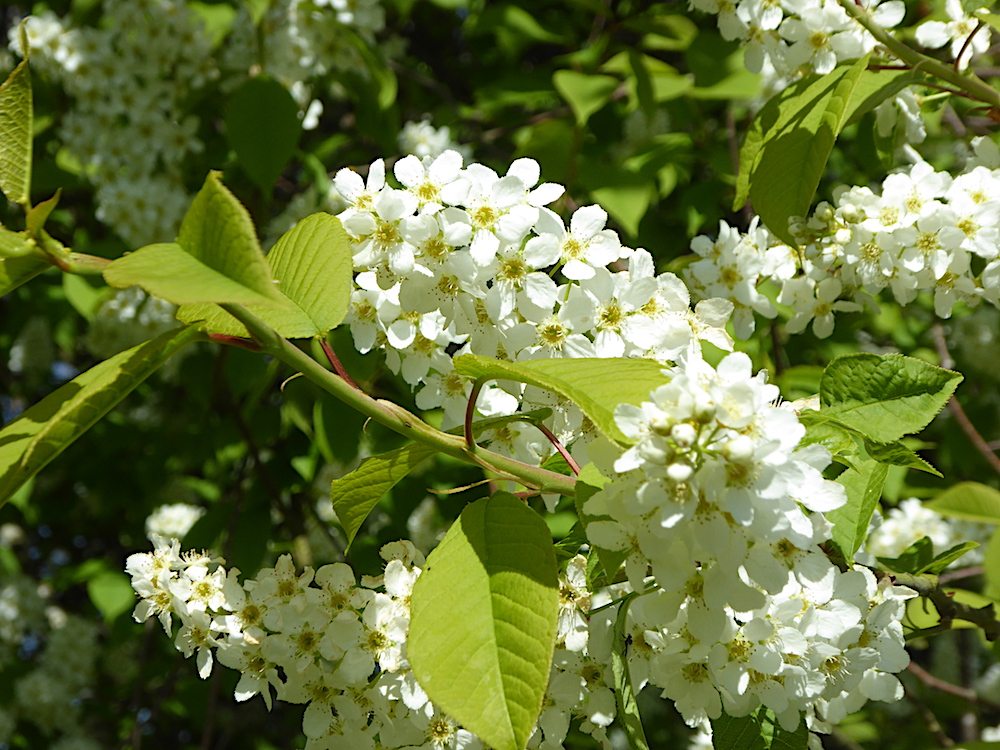
In May Dandelions gave way to Buttercups, just leaving their whiteish seed heads behind. Cow Parsley continued to open closely followed at the end of the month by the much sturdier Common Hogweed (not to be confused with Giant Hogweed). Also towards the end of the month I noticed large areas of one field turning white with the opening of Oxeye Daisies. Hawthorne flowers faded and the Elderflowers came into bud ready to open towards the end of the month. On the edge of one of the fields was a large patch of Yellow Rattle the first time I have seen this in the countryside. The rest of this field was covered in the yellow and oranges of Bird’s-foot trefoil and the lovely cerise pink of clover.
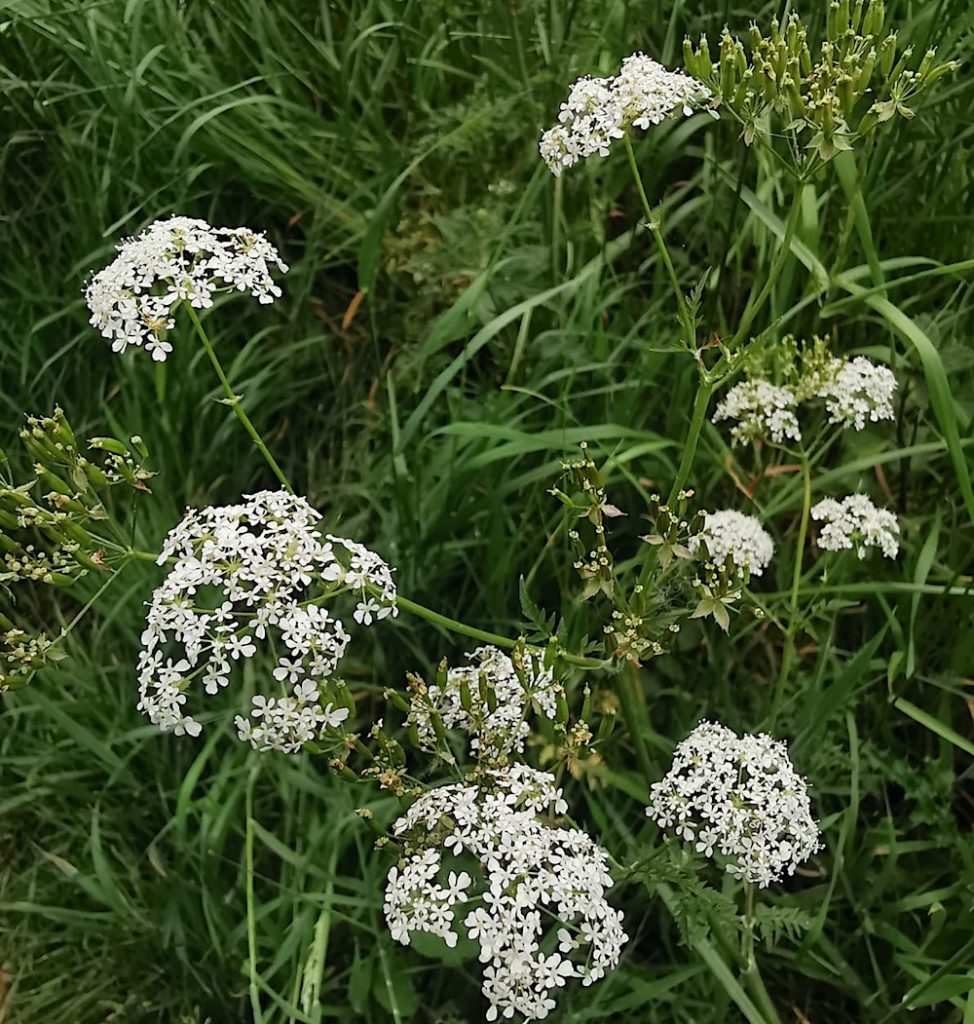
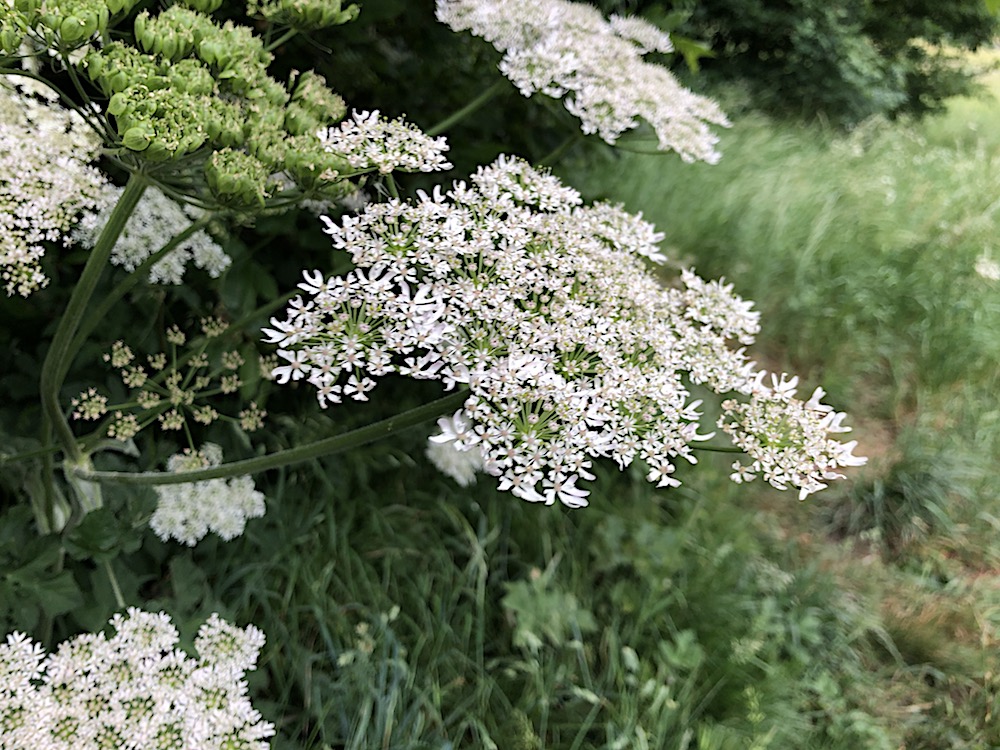
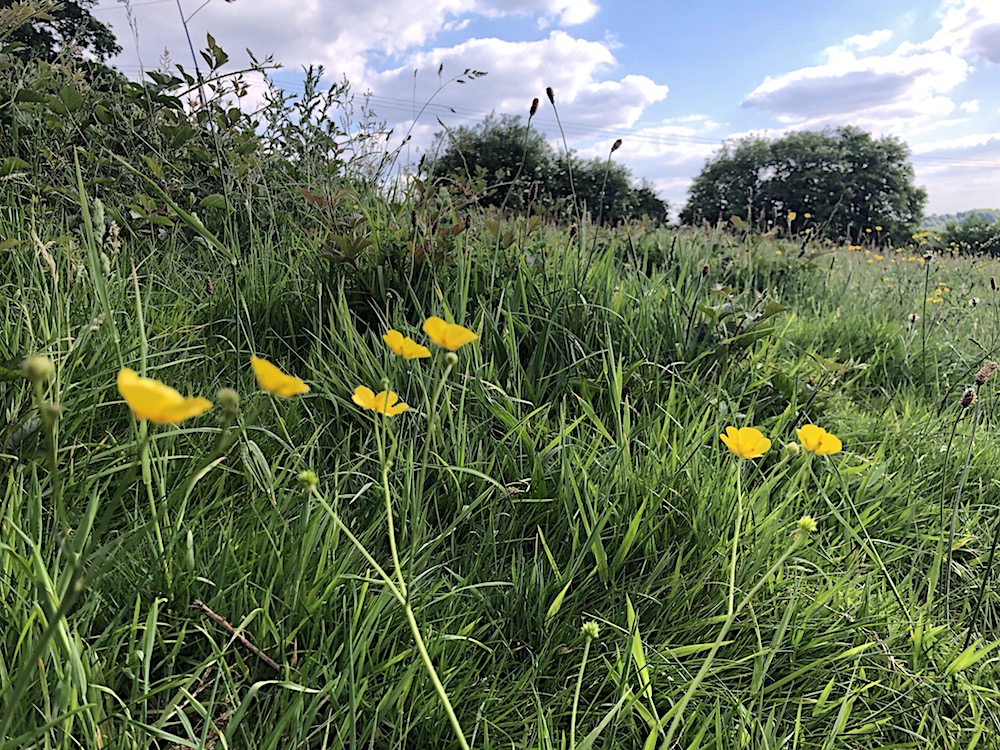
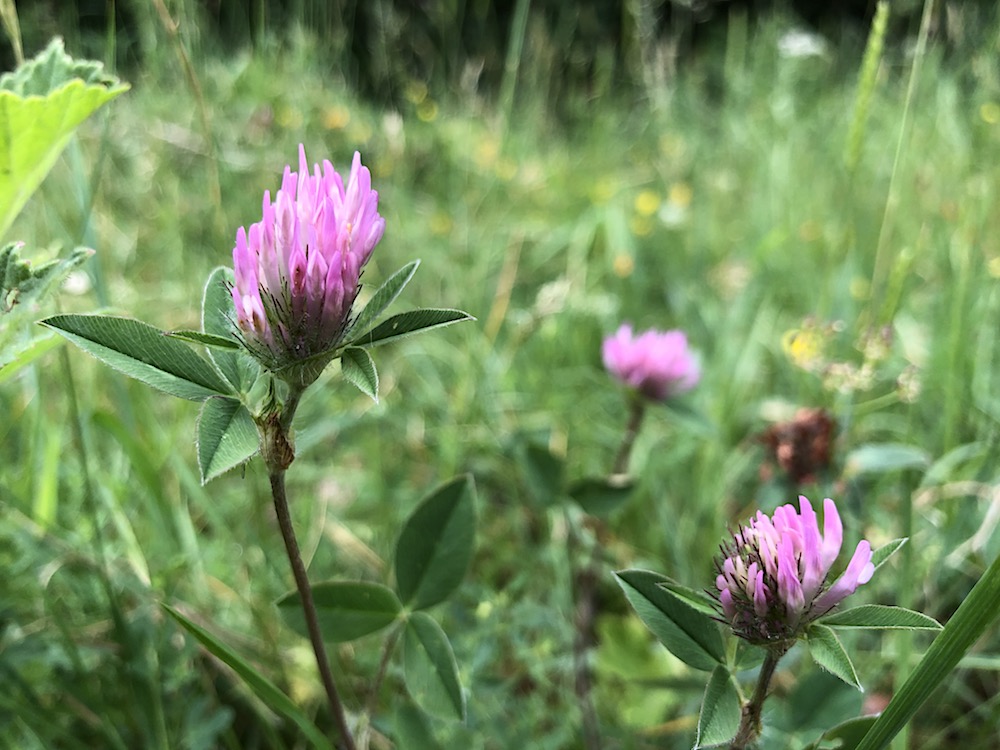
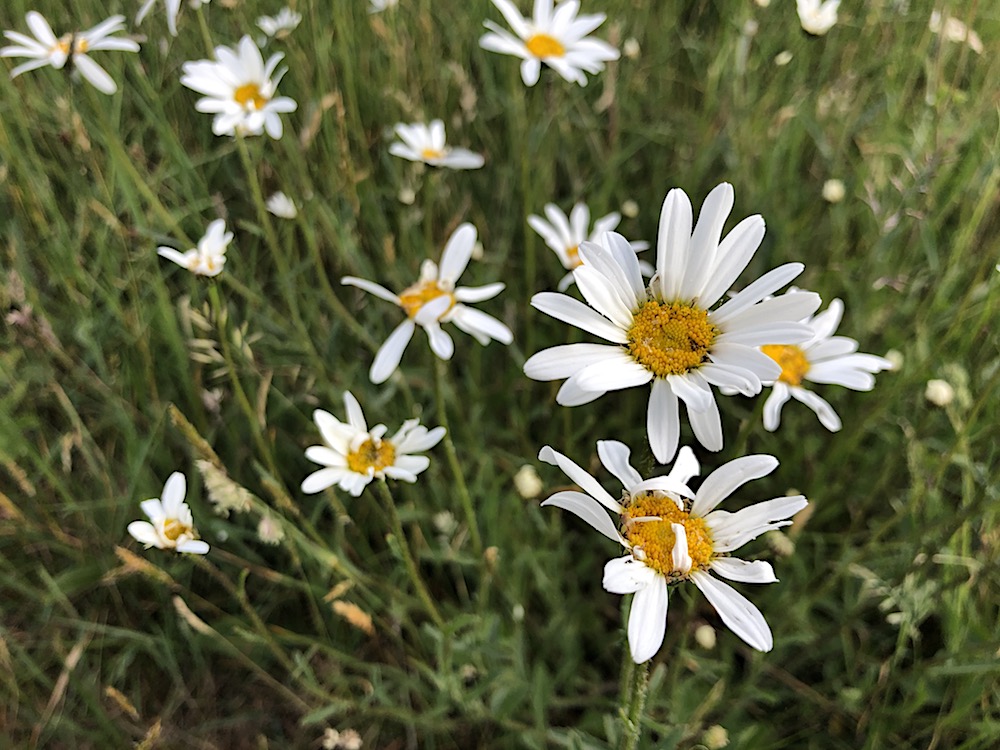
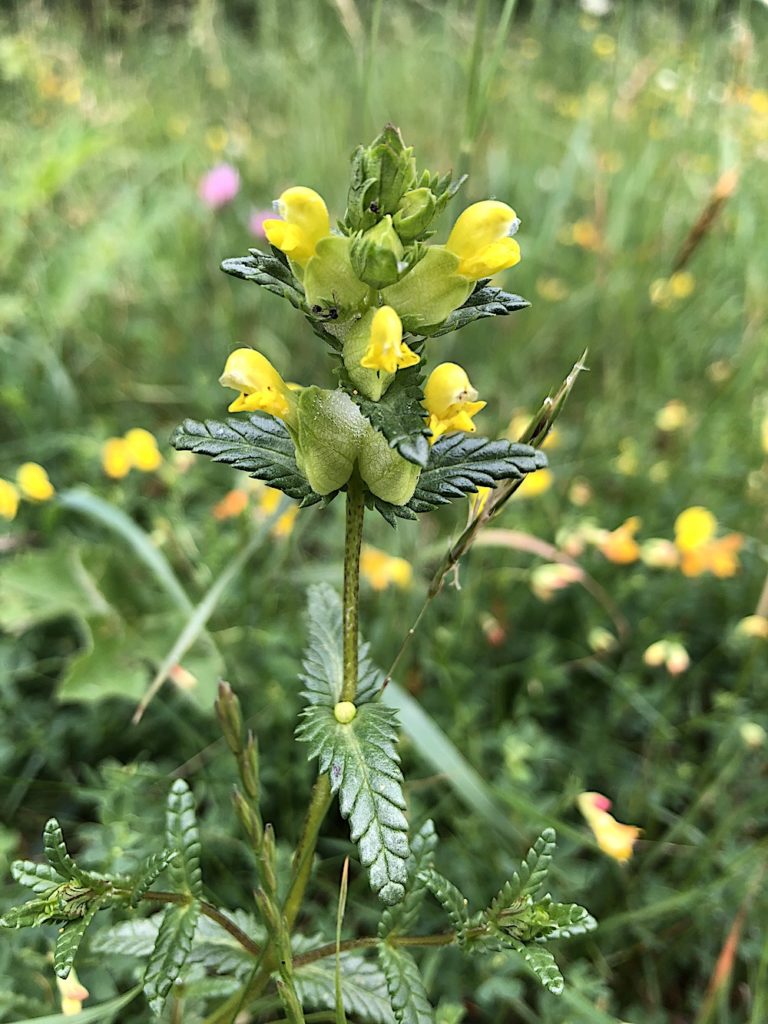
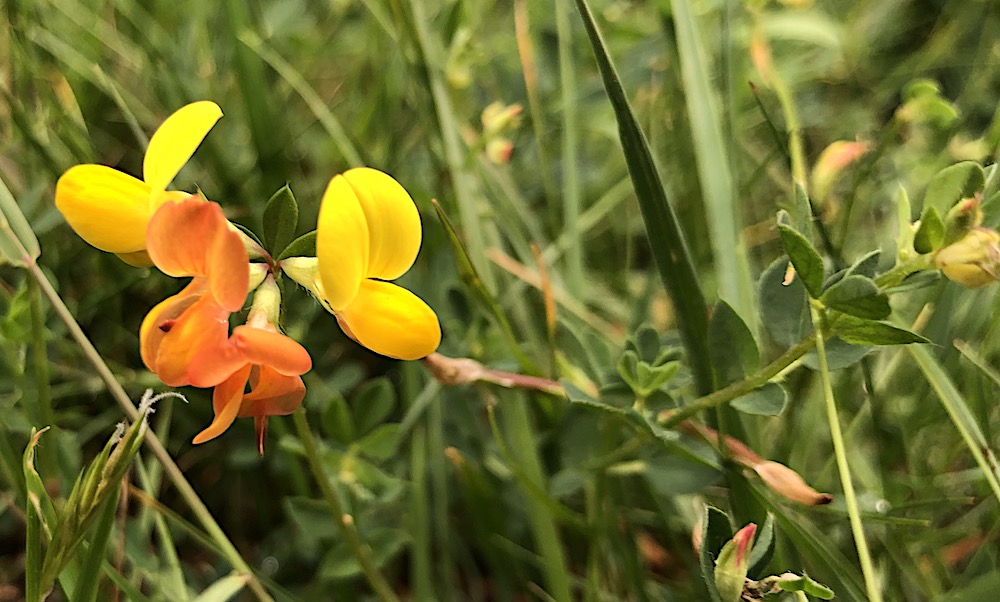
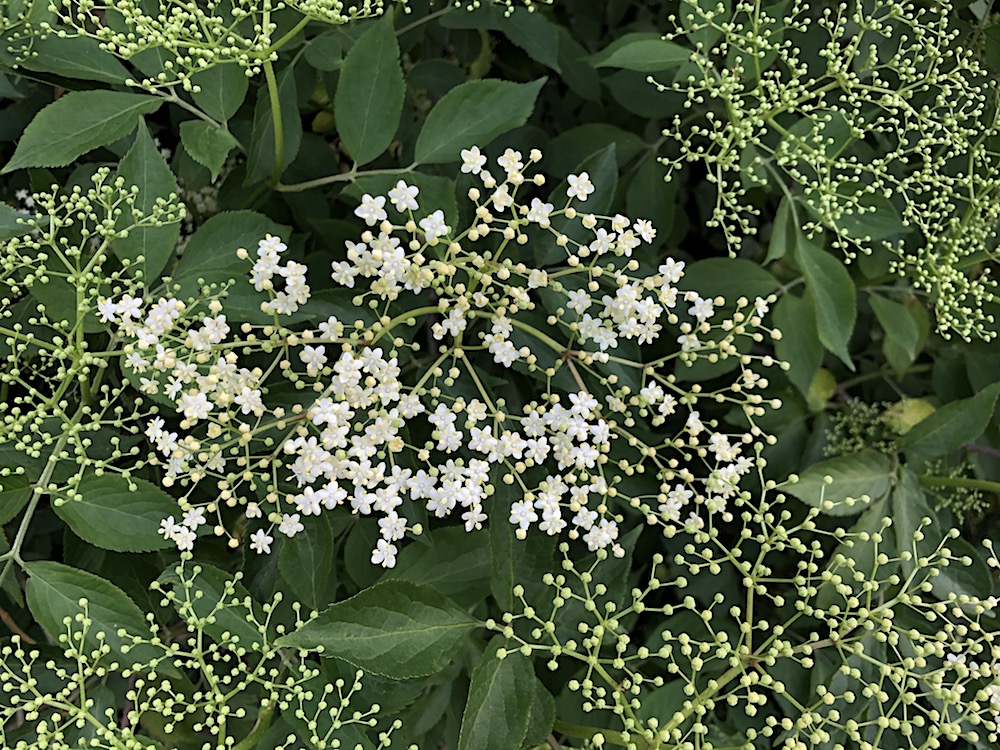
June so far has seen the Elderflowers open properly in the hedges and some of the fields look red at a distance with the flowering of Sheep’s sorrel. I also notice pink Dog-roses covering the bushes and the small white flowers of Brambles are coming out.
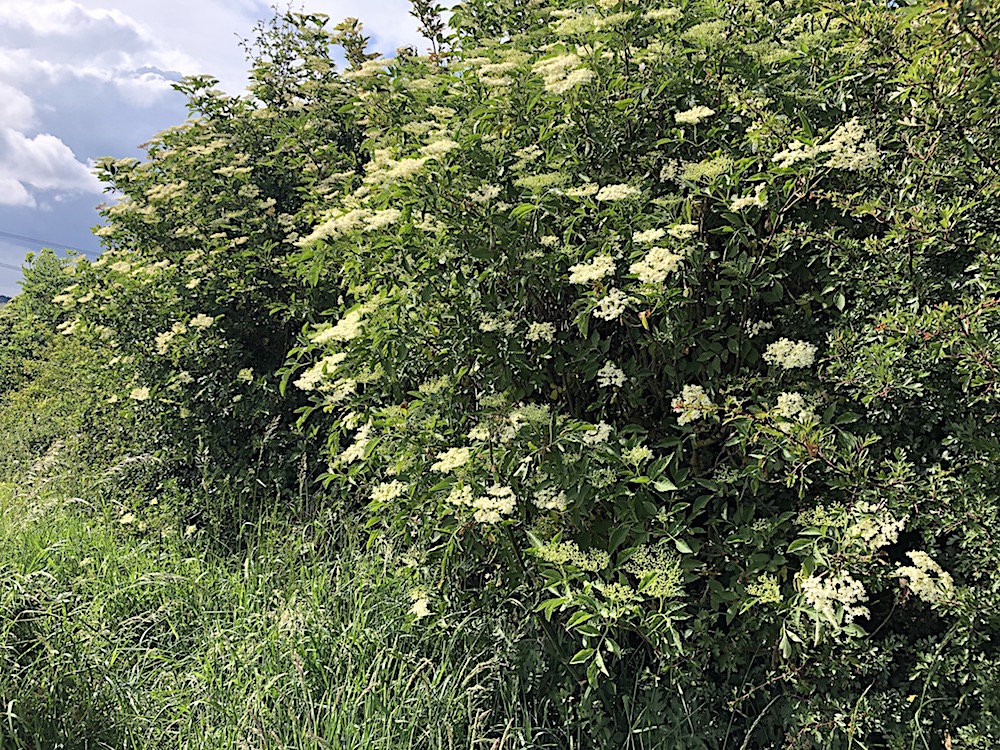
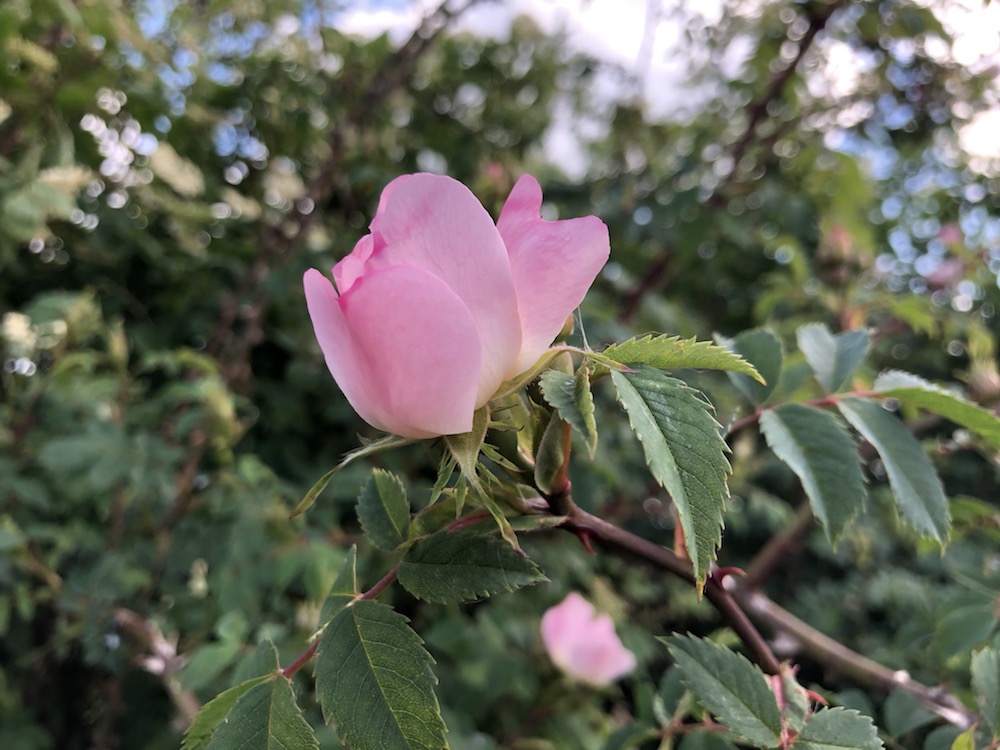
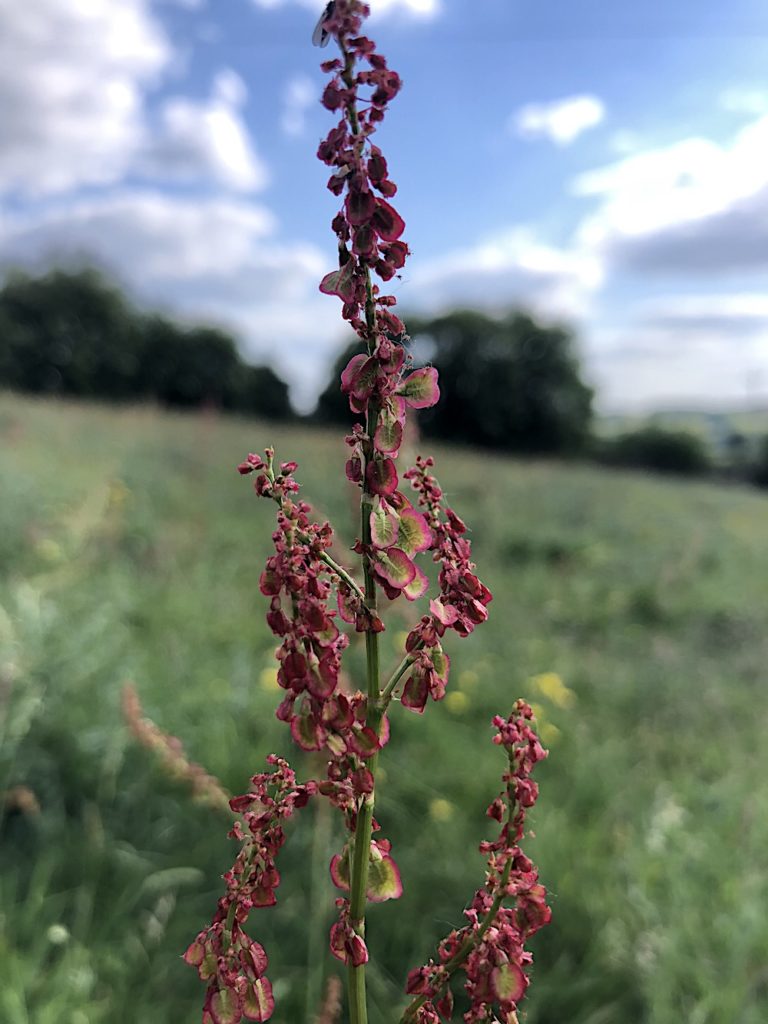
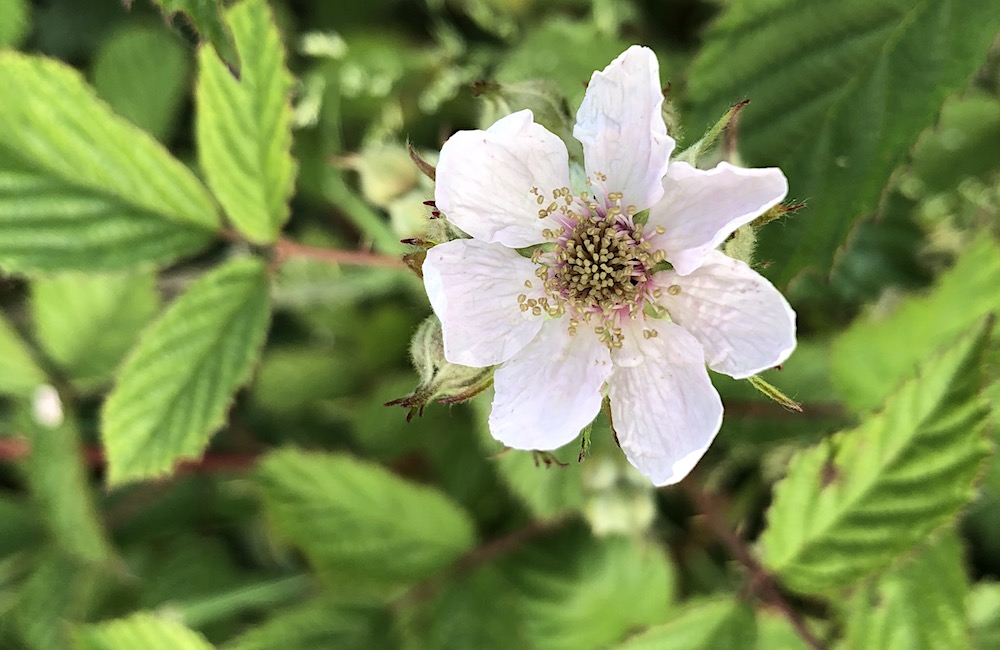
I have really enjoyed walking over the same fields for weeks and noticing how different flowers come into bloom and change the colour of the fields and hedges. I had not really thought about this before and at the moment in June the fabulous Foxgloves are just starting to flower. The fields where the dandelions flowered earlier are now being covered by Rough hawkbit.
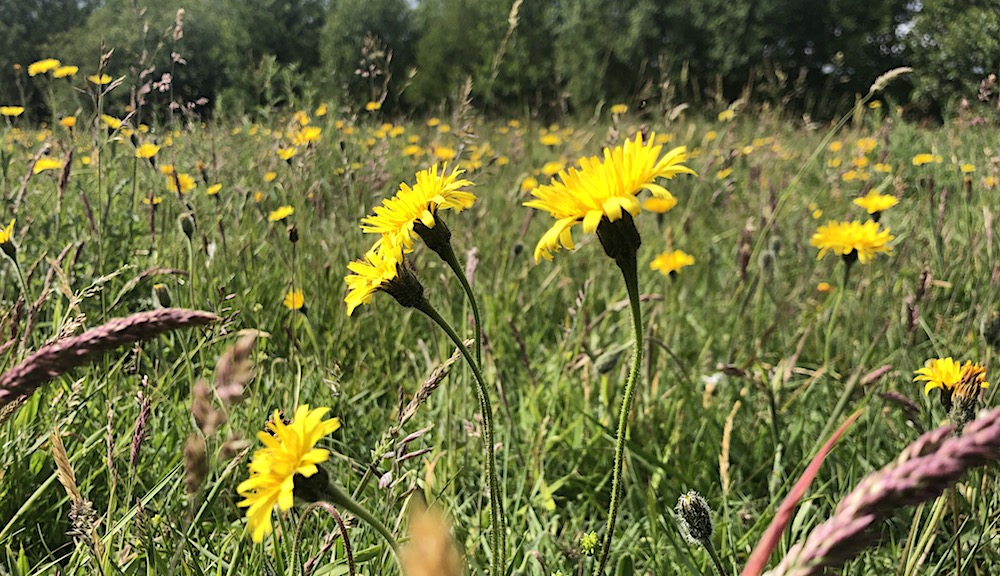
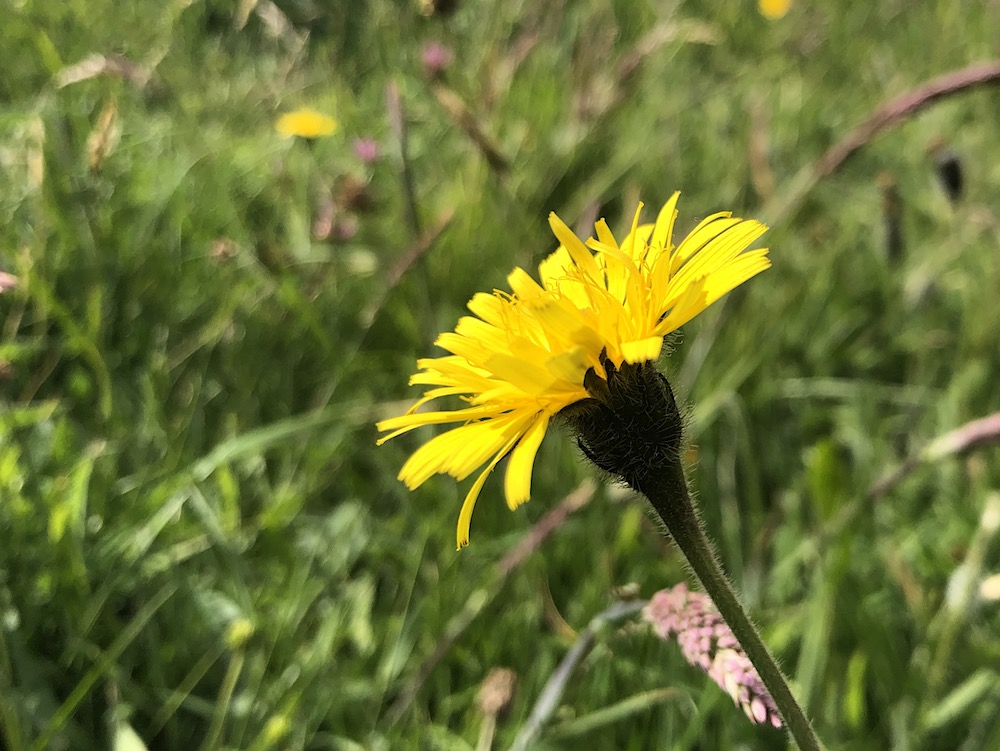
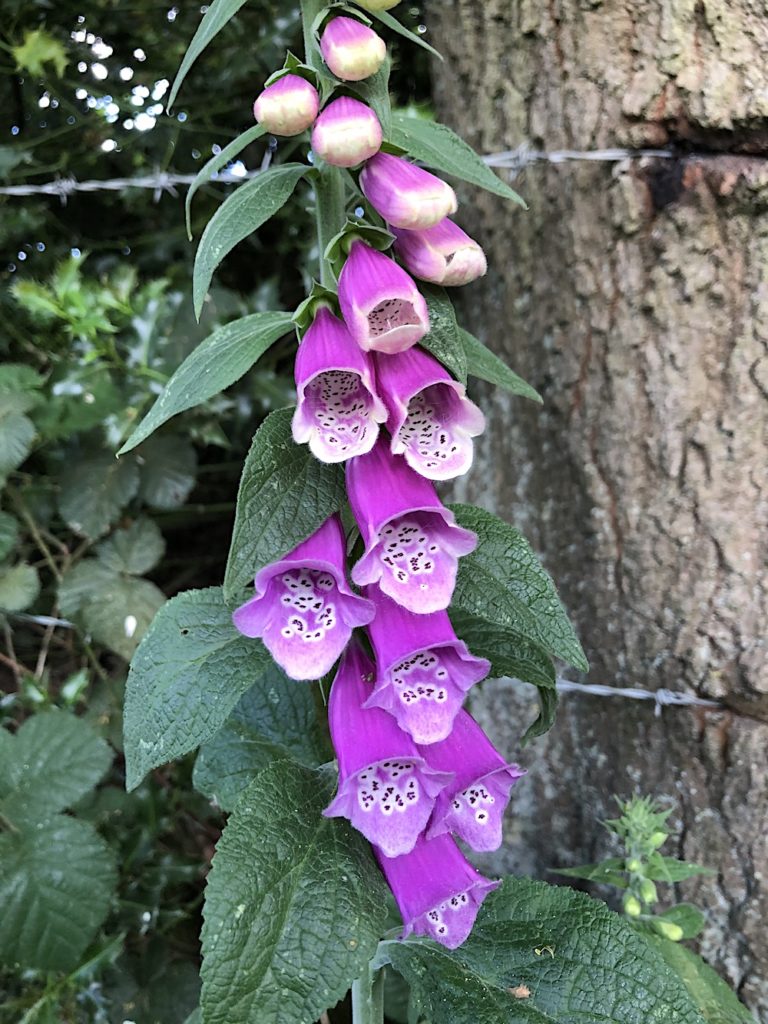
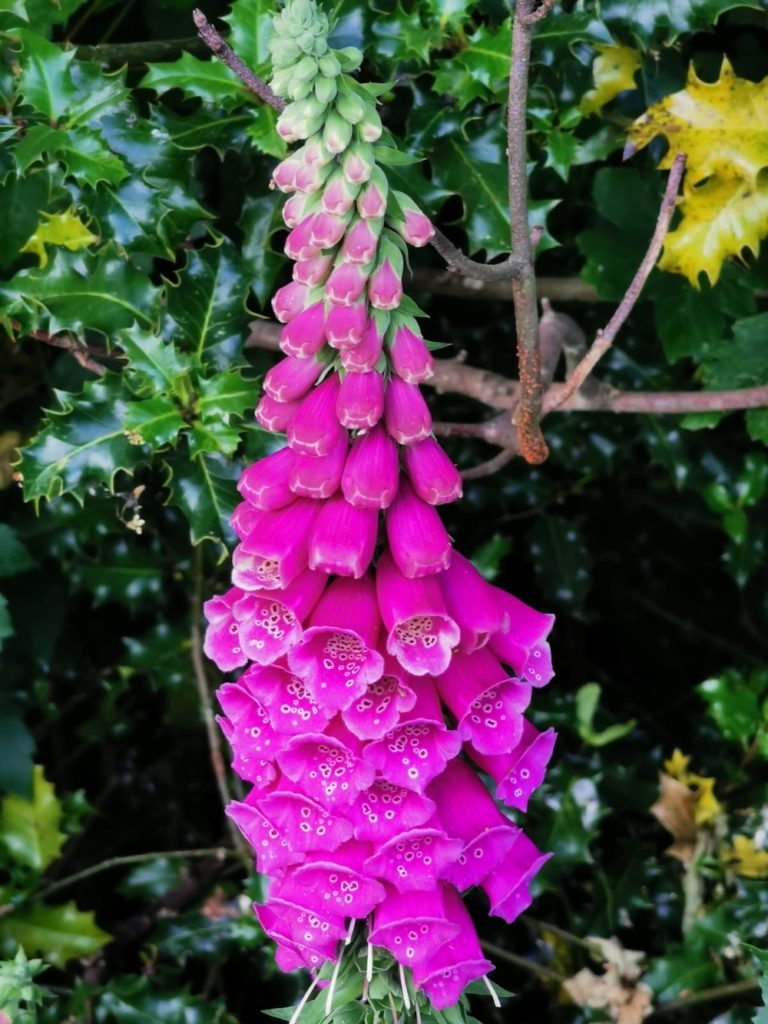
I am looking forward to seeing more flowers opening during the month of June and how these alter the colour of the fields.
